Tor Studio Evades Synthetic Claustrophobia
|CLAIRE KORON ELAT
“There is no longer an outside to the world of design. Design has become the world.”
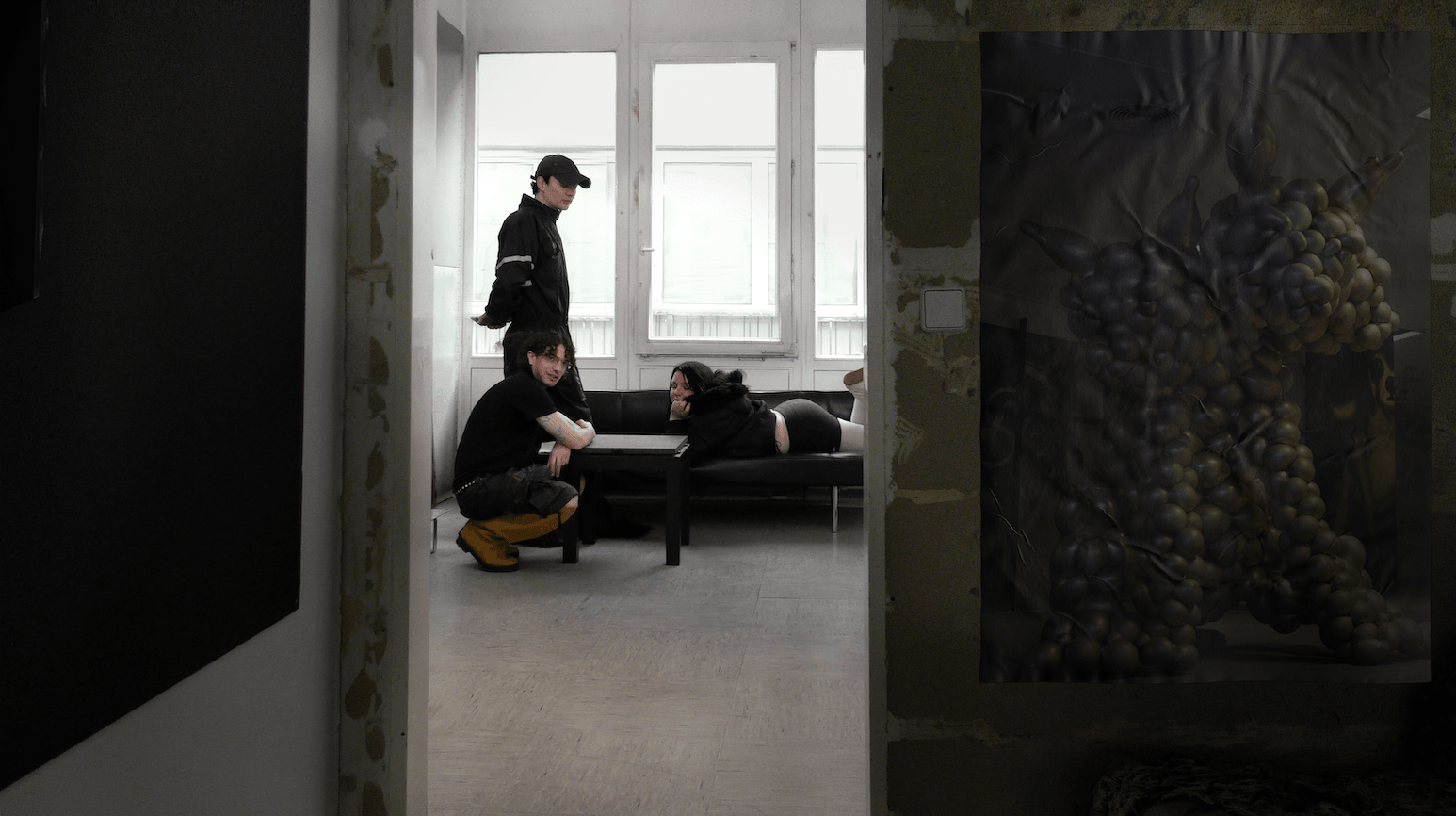
The third Istanbul biennial in 2016 asserted that talking about design means simultaneously talking about our species. As design, as a field and practice, has majorly expanded, it is no longer restricted to the actual materials or objects it is working with but extends to more abstract, meta-forms of design. Today design is about “crafting” networks, systems, interfaces, and our selves.
The Berlin-based collective Tor Studio works at the intersection of architecture, art, and new media that deliberately intend to be outside of conventional design narratives, without relying on traditional design institutions. With clients including Yves Tumor, Playboi Carti, Shayne Oliver, Brutalismus 3000, Atonal, and Serpentine Gallery, the creative studio similarly works within the notion of design having to address cultural futures, pasts, and presence rather than limiting itself to its synthetic claustrophobia. Tor Studio’s three leads, Andrea Belosi, Fritz Schiffers, and Hannah Stewart talked to Claire Koron Elat about design as a communication tool and the lack of depth in AI images.
CLAIRE KORON ELAT: You describe your work as being at the intersection of architecture, art, and new media that intends to produce work outside of conventional design narratives. Can you describe your perspective on design, specifically spatial design and set design?
HANNAH STEWART: The idea is about not relying solely on any specific institution of design or movement as a basis for creating new works. We view design as a medium to directly communicate narratives, not just facilitate them. We see design as a feedback loop of people, narratives, and environments constantly influencing one another.
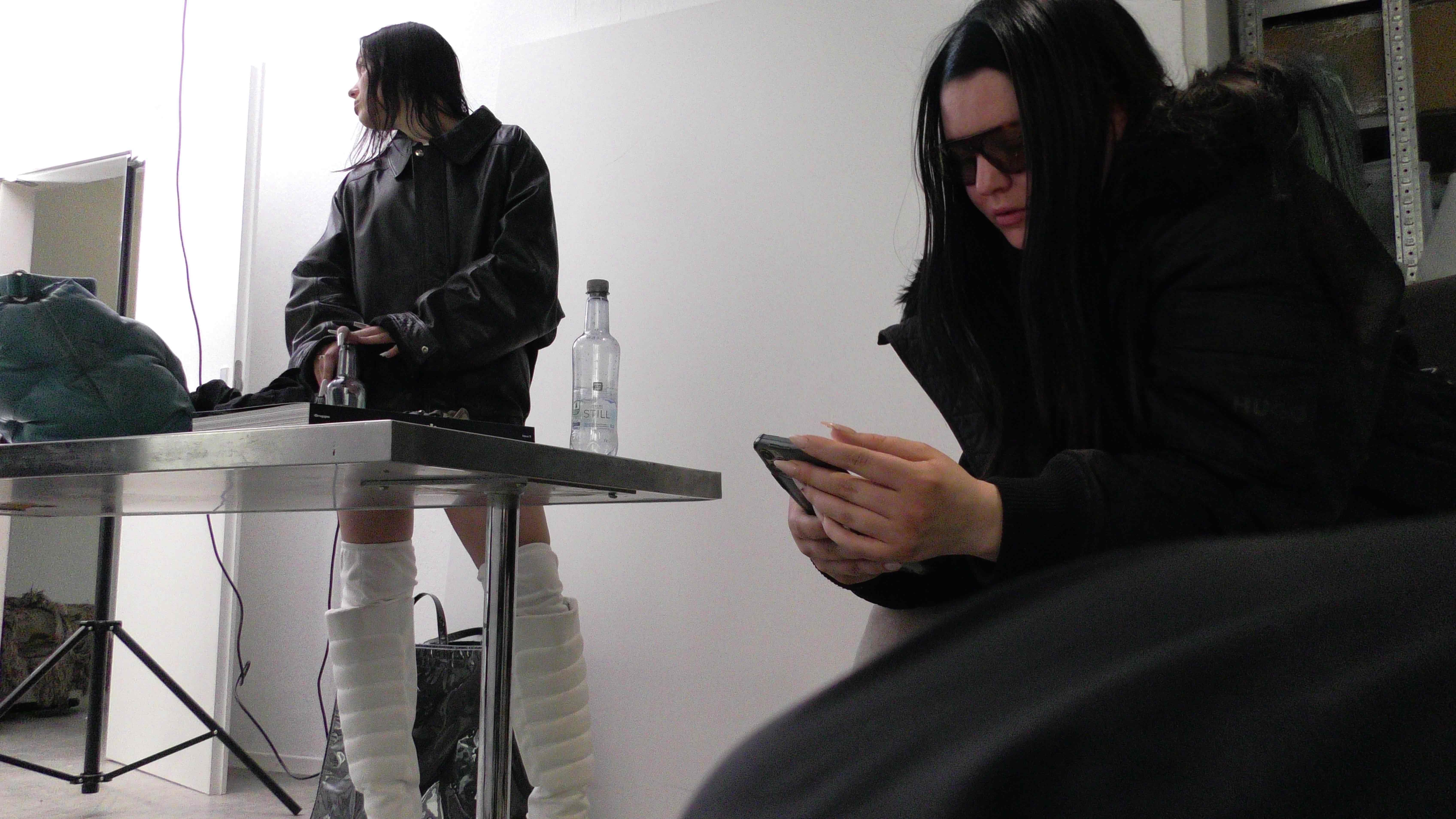
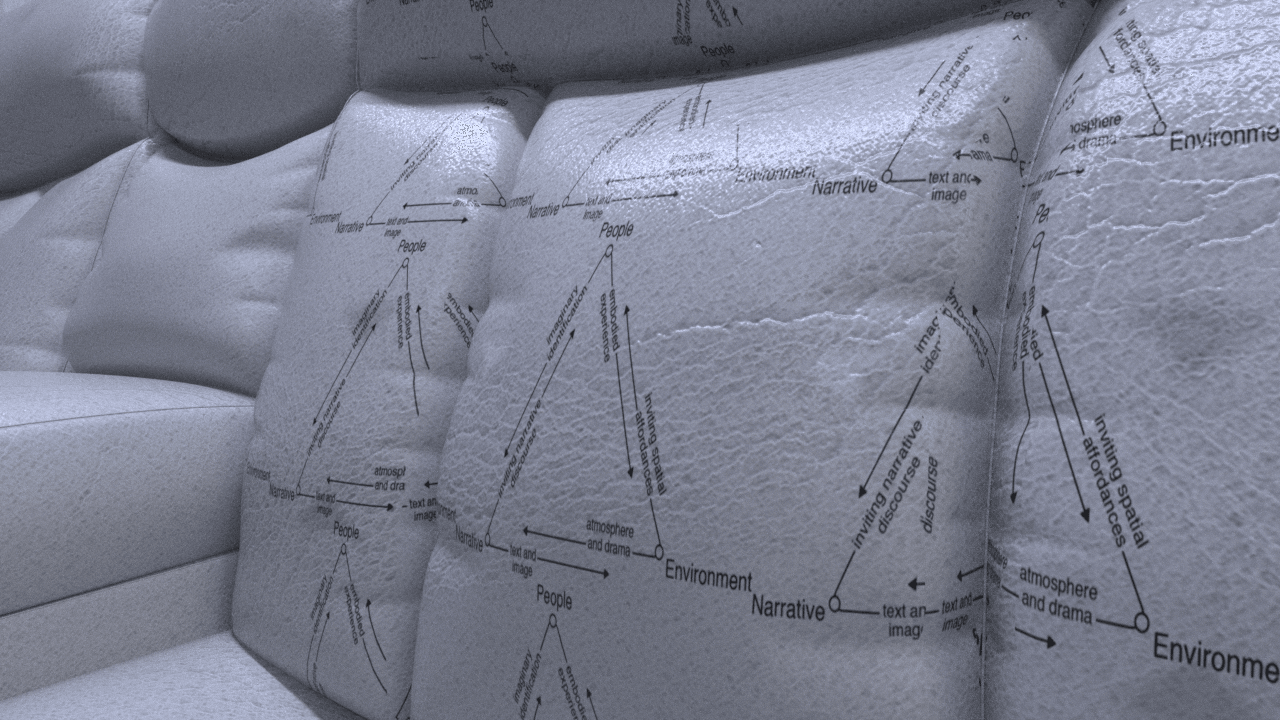
ANDREA BELOSI: It’s less about spatial design in this old-fashioned, vertically positioned sense—like the architect or designer as a sort of top-down figure that selects, moves, and shifts structures filled with people. Living through the paradigm shift from the vertical into a more chaotic and ever-shifting horizon line, we take a more bottom-up and horizontal approach.
FRITZ SCHIFFERS: Hito Steyerl wrote something on shifting perspectives a few years back, highlighting how we’re living through this collapse of stable perspectives and how it creates a feeling of being groundless. I feel this in our work too. “What seemed like a helpless tumble into an abyss actually turns out to be a new representational freedom.”
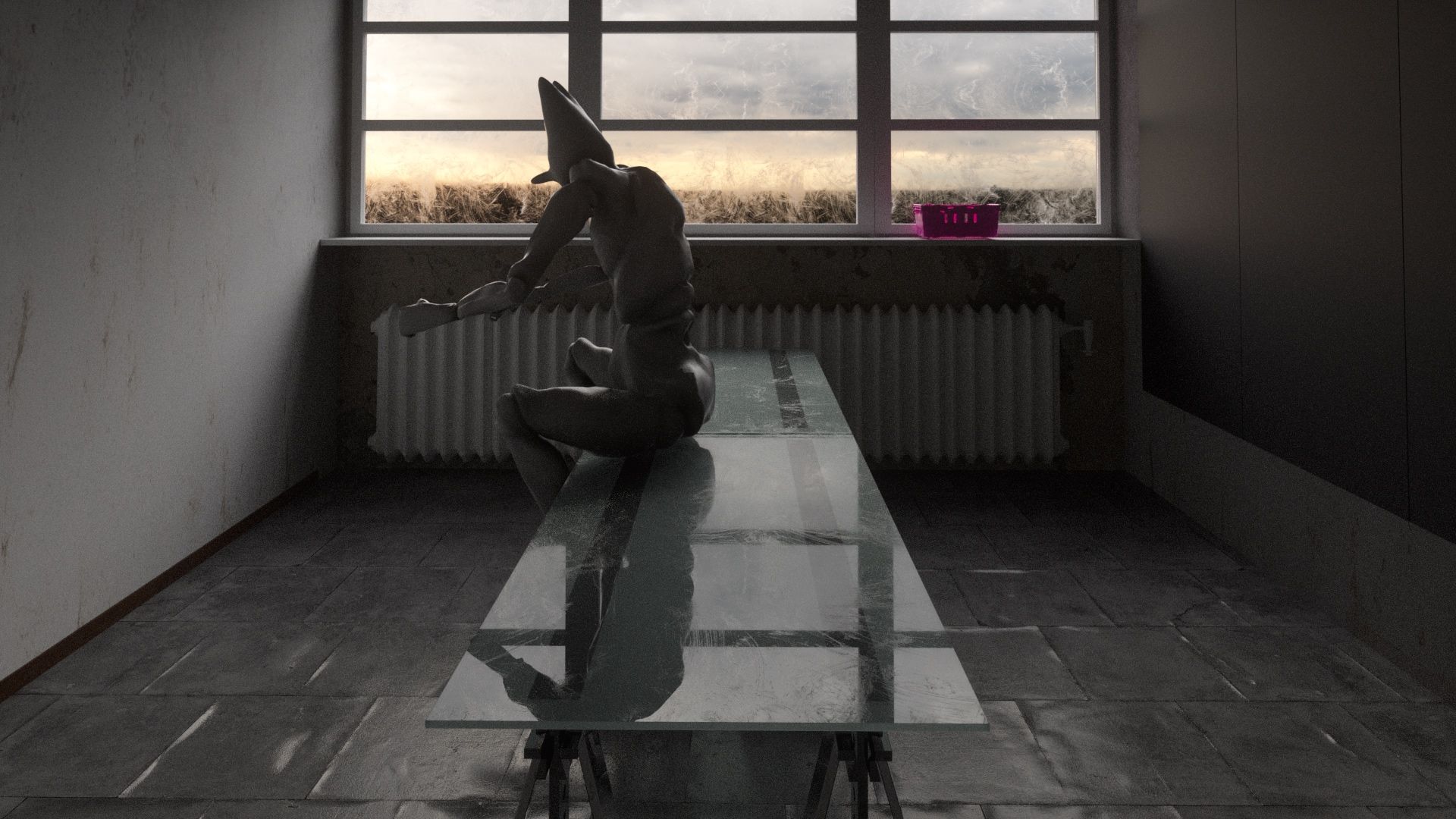
CKE: Since you specifically want to be outside of a more conventional design world, how would you describe this world and in what ways are you criticizing it?
HS: I wouldn’t say it’s that binary. Whether we like it or not, our work is regarded by the design world. Generally speaking, I think we live in an atomized world of constantly overlapping sub-genres. You can experience the archive and the contemporary within seconds. That experience has a form, which I believe comes through the studio’s projects.
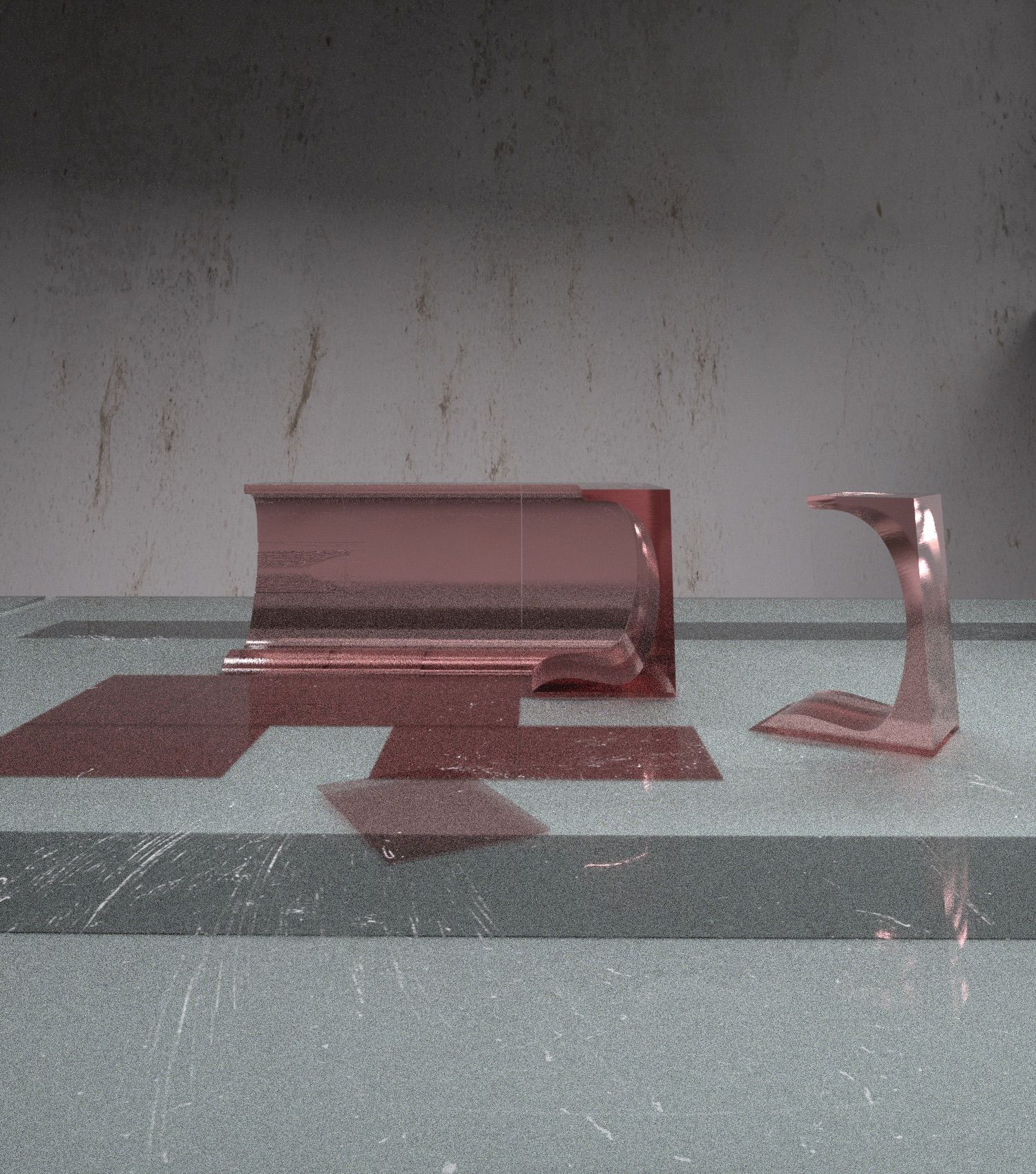
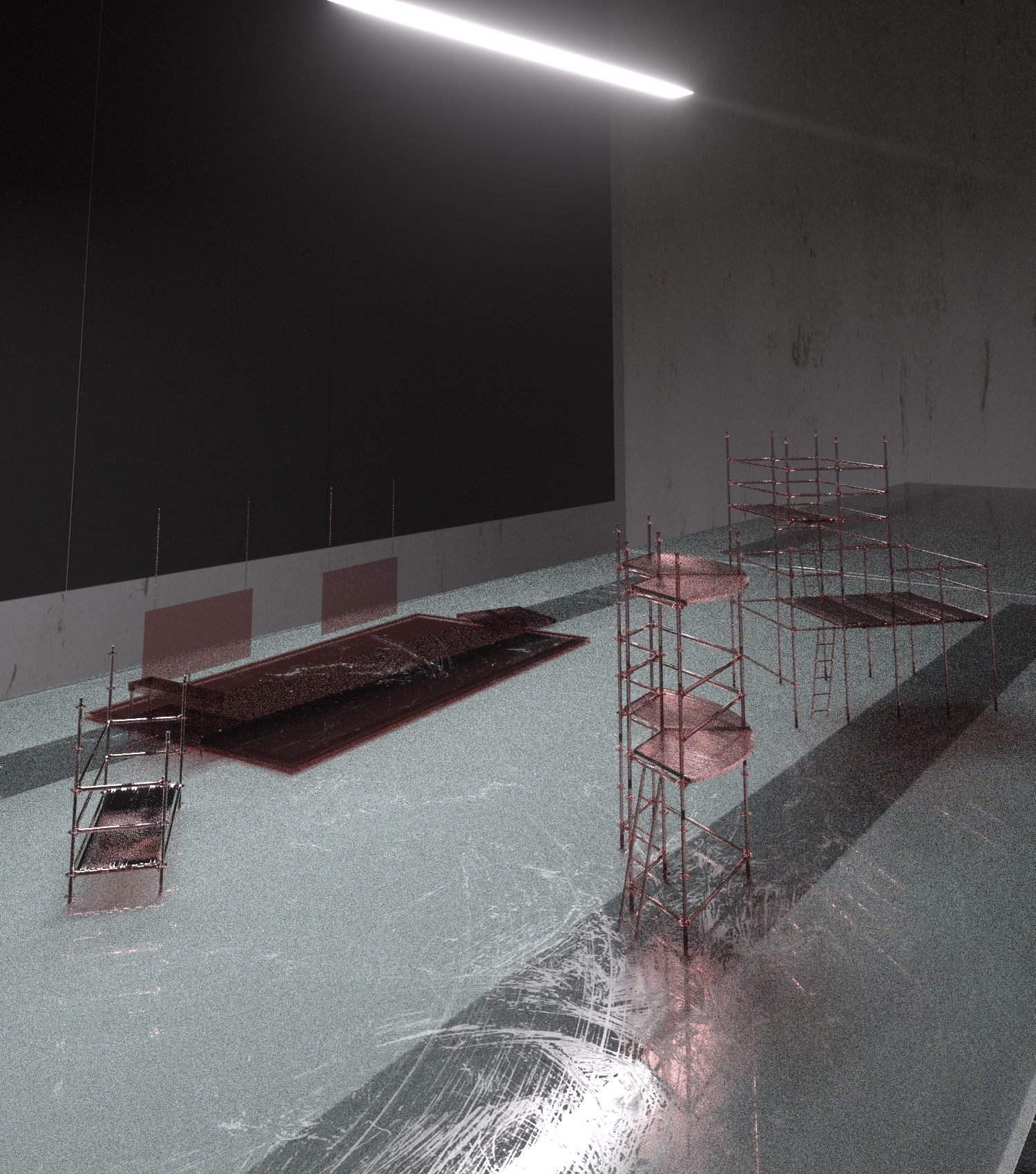
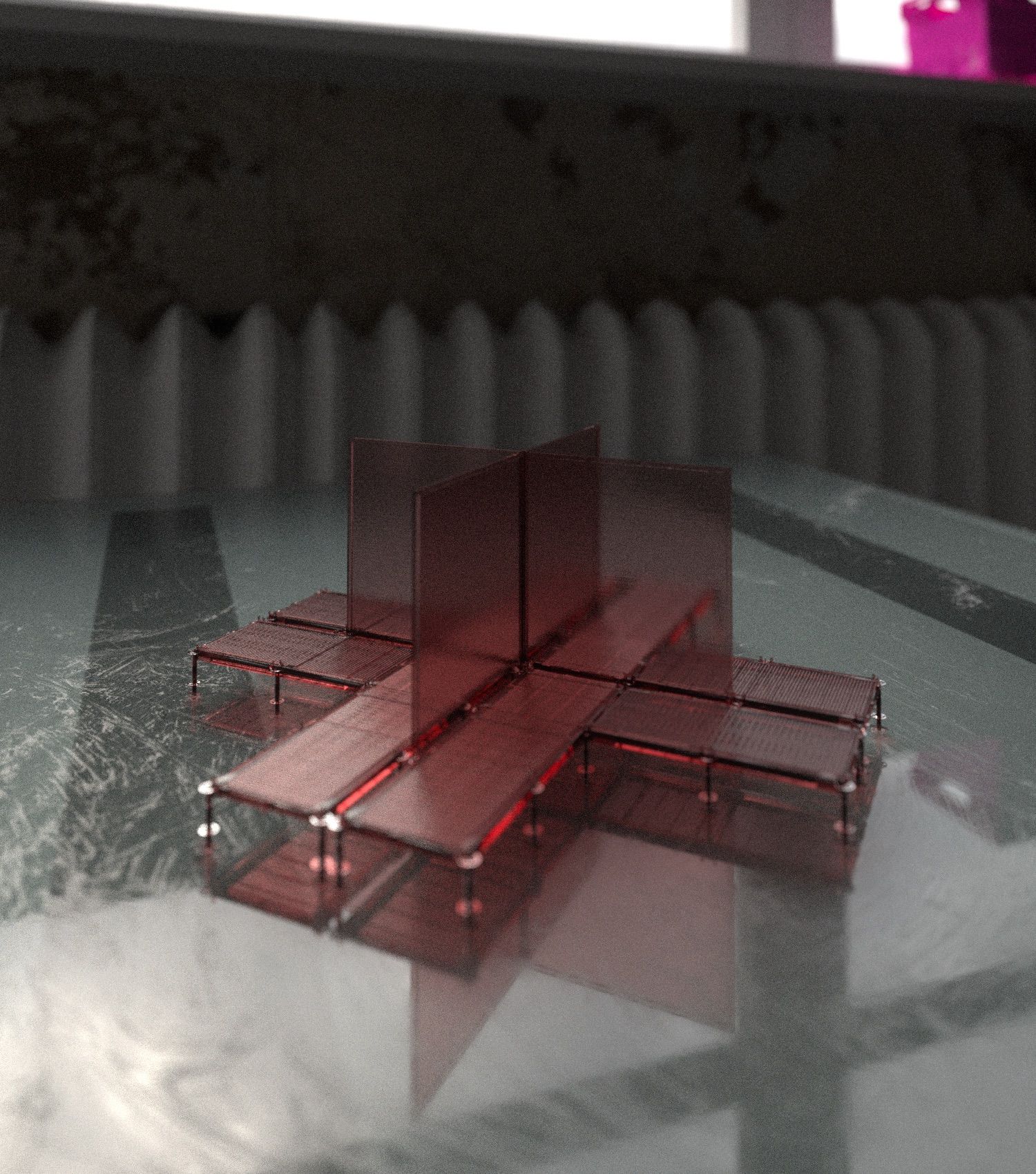
FS: One example of this is how the studio elevates periodized aesthetics or specific symbols at the forefront of its designs. A foot imprint, a Venetian vase, the hound, a broken star vomiting while in ecstasy. These images create their own discourse and basis for identification. It’s what artists and consumers can latch onto versus pure material or structure which may come off as ambiguous.
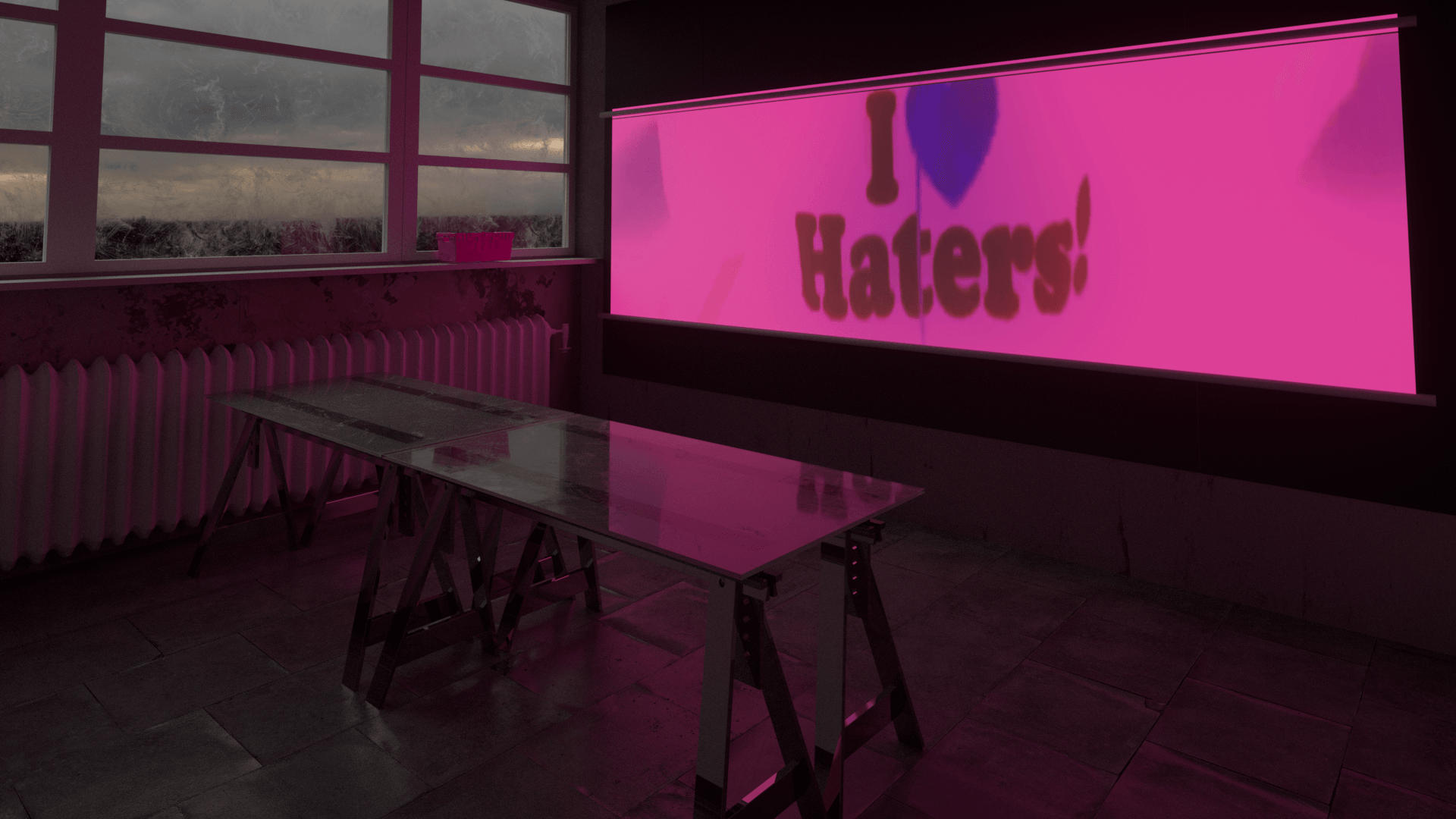
CKE: You’re also explicitly mentioning that you’re offering a wide range of skills. Who is part of your studio and what are the origins of summarizing your work under a collective?
HS: I studied New Media (4D) at Central Saint Martins in London before moving to Berlin in 2017. Before the move, I had this core experience of attending the DIS Biennale.
FS: Yeah, that was the last good Biennale. I thought all the Biennale editions would be like that. That Biennale was also considered “the end of post-internet art,” which was another movement all of us participated in one way or another.
AB: My background is in architecture, but I finished my studies in art school. Before moving here to Berlin, I worked in a few different architecture offices over the years in LA, Tokyo, and Milan.
And to add to what Fritz was saying previously—the studio doesn’t shy away from being self-referential and perhaps even autobiographical at times in its designs, which I think coincides with the shift away from post-internet to whatever moment we’re in now. We’re less concerned with our designs answering bigger questions and more with translating and combining individual experiences into a collective output.
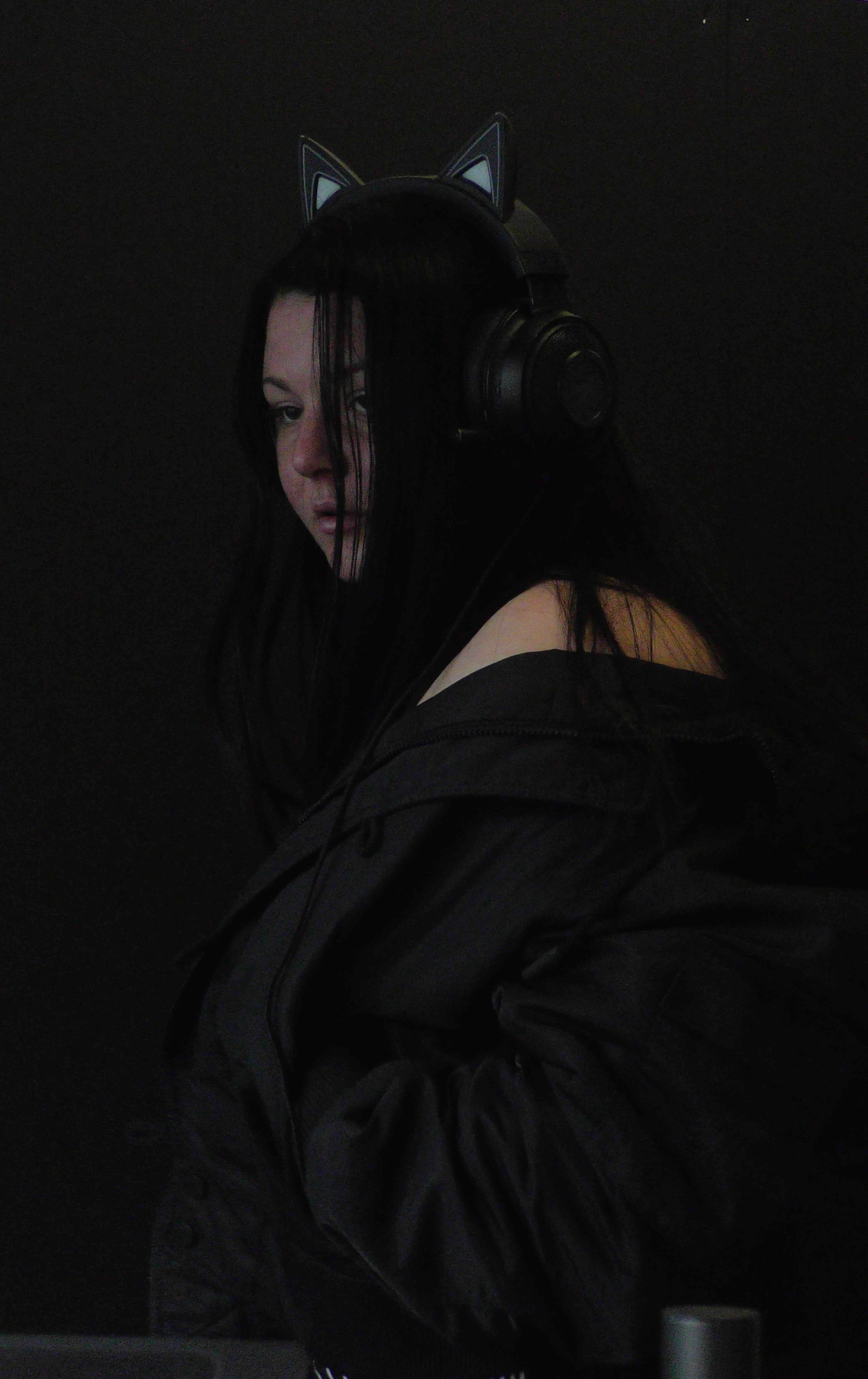
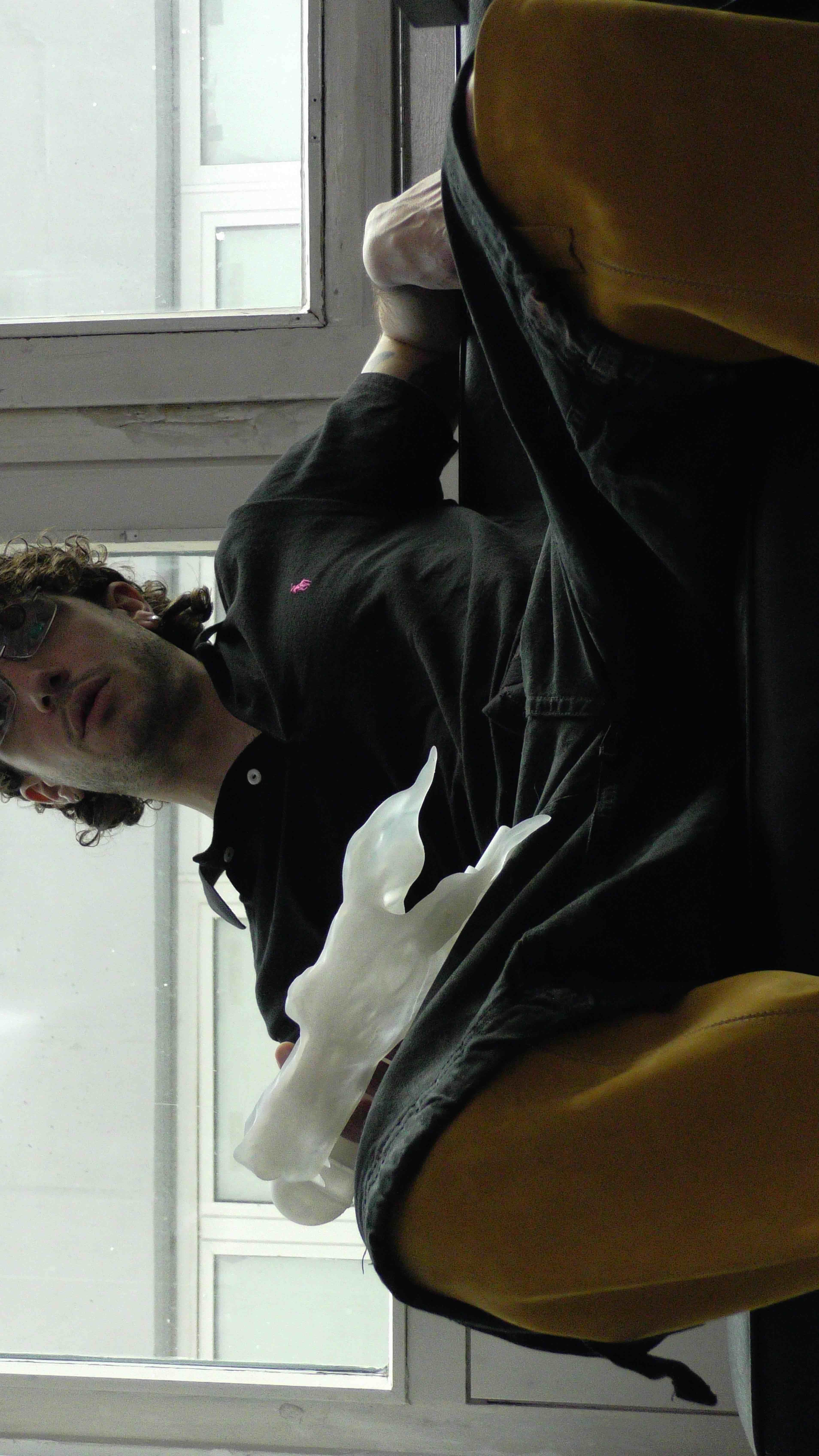
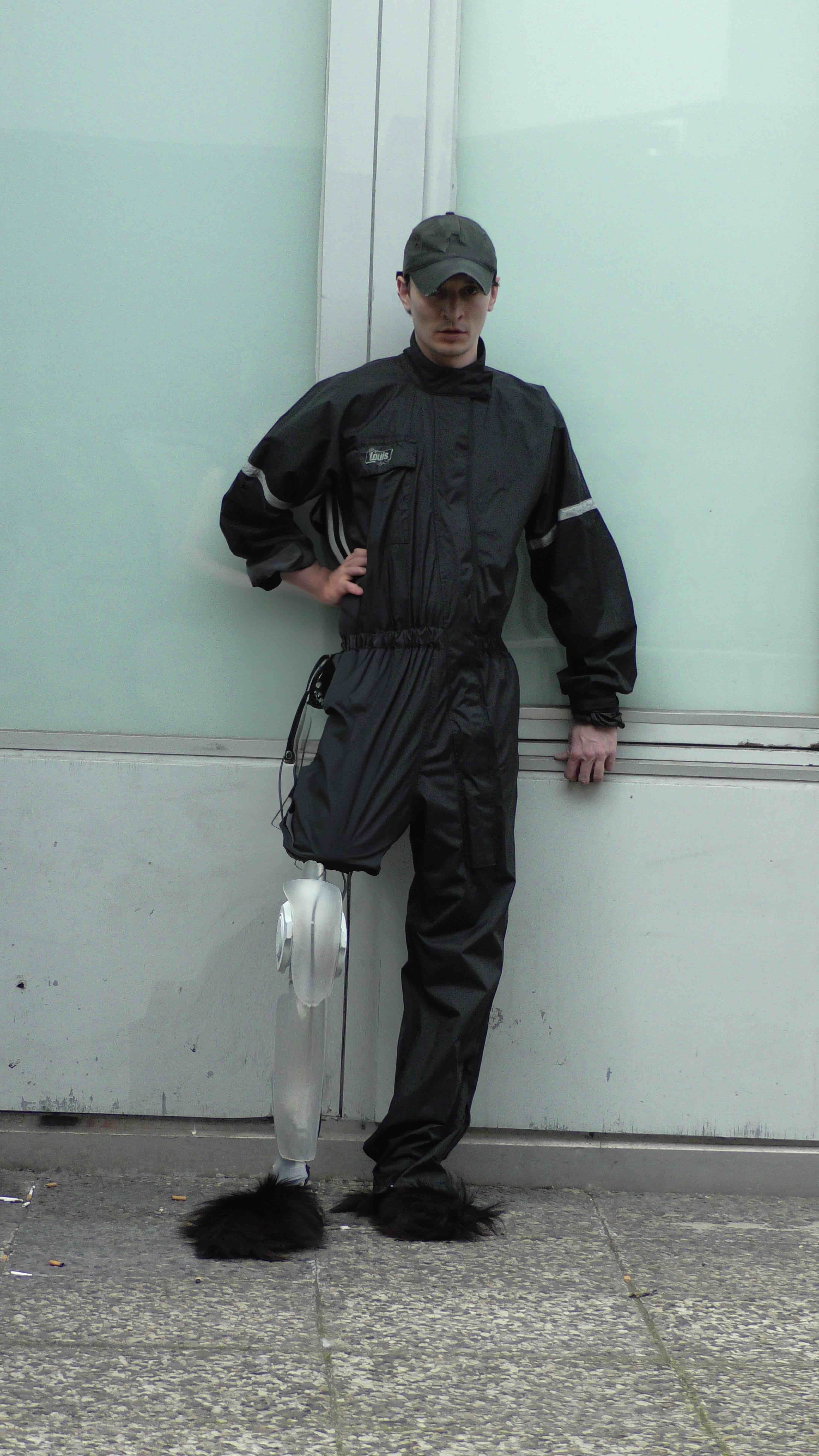
HS: Yeah, me and Andrea started freelancing together on different projects during my residency at Trauma Bar. Like Andrea said, our background is mainly architectural, but the studio has expanded to meet the needs of our clients.
AB: The studio started with Fritz about a year ago when we were looking to expand into a bigger space. He leads art and video direction of the studio’s projects and is one of the founders of Gruppe, a Berlin art magazine.
HS: Which by the way, is a huge underground monument in Berlin culture. At least I think so!
FS: Thanks, guys [laughs]. Yeah, I started Gruppe a few years ago and we’ve worked in the past with a handful of TOR clients in an editorial capacity. The magazine covers contemporary art and fashion, mostly through image but also written cultural criticism or interviews. We also tend to produce the edition through a lens similar to what we’re talking about here, which has helped. Plus, we’re all close friends. Another plus.
AB: The whole current TOR team includes a varied constellation of collaborators: Finley Stewart, Moritz Freudenberg, Leona Tiemessen, Elza Ozolite, and Tebs Lethapa. We are a big family.
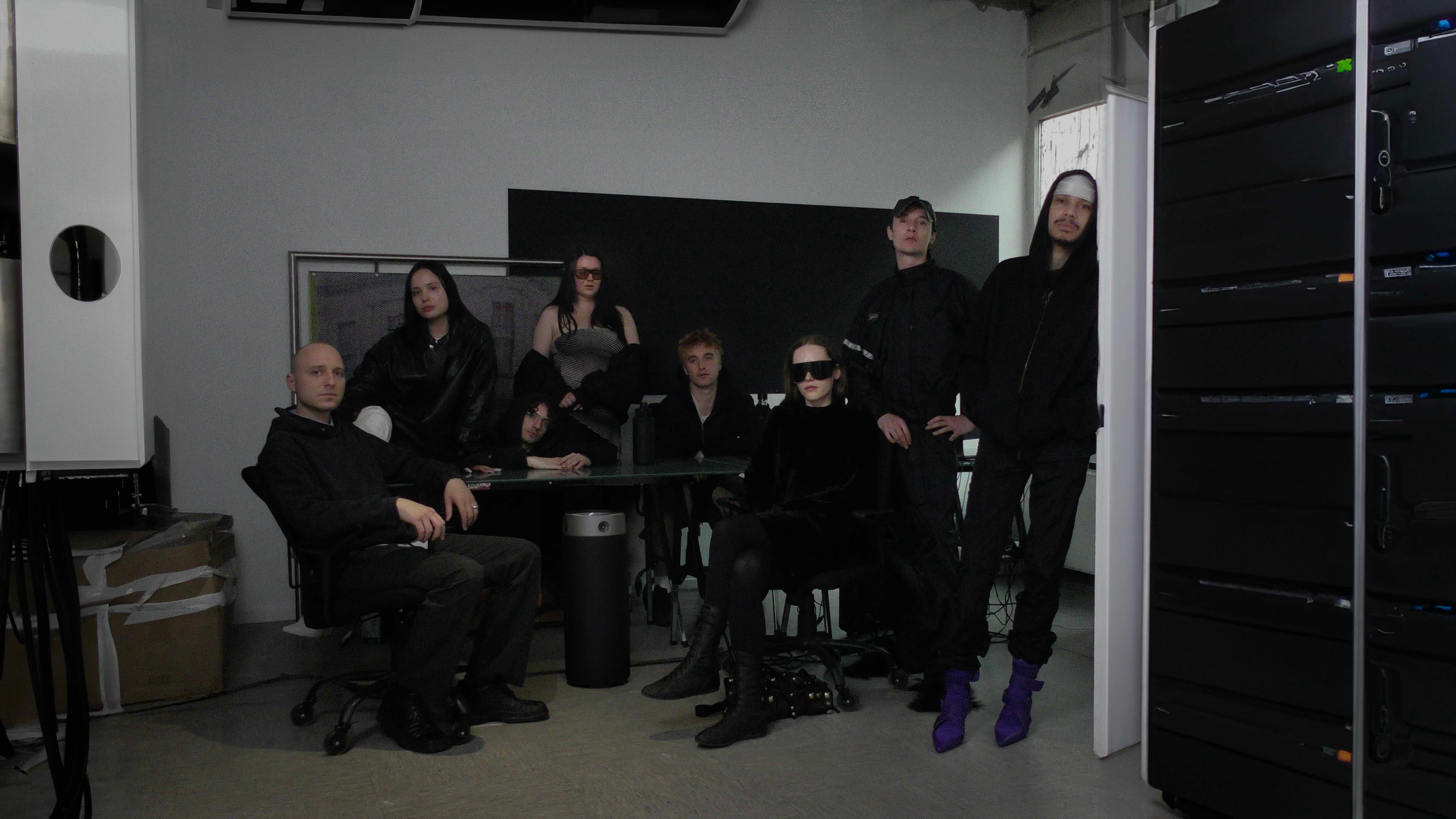
CKE: Your clients include Yves Tumor, Shayne Oliver, Playboi Carti, and Brutalismus 3000. How does your work and approach differ for each client?
HS: It’s a bit like being a translator or a ventriloquist.
AB: Yeah, in the sense that we’re choosing to animate something specific about their brand or artistry in relation to the project, often responding to their needs through our own lens.
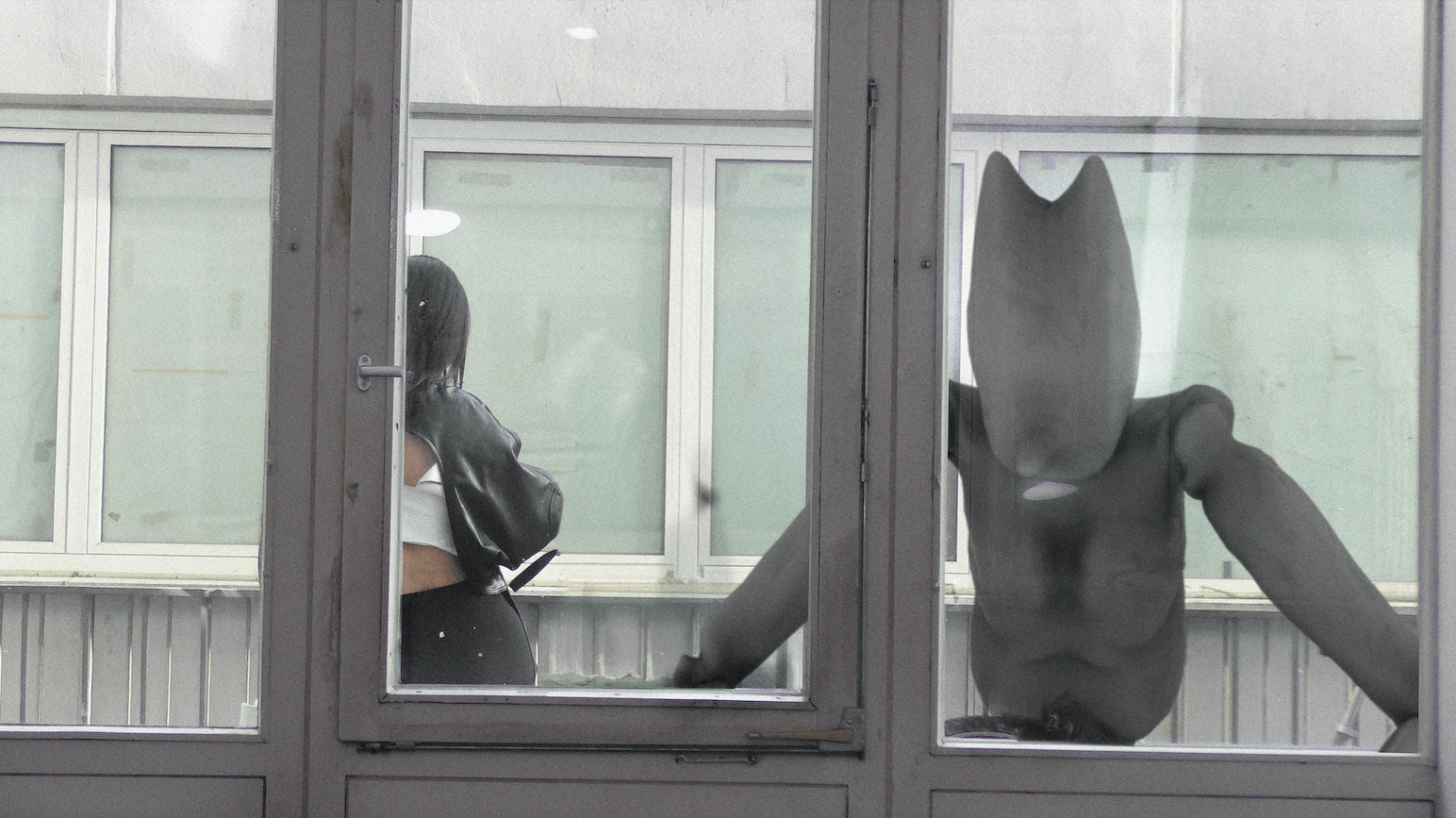
FS: We really strive for our designs to be more than just a background—or a set that is meant to decorate a performance, yet doesn’t make an explicit connection. It’s about helping our clients establish and communicate a narrative.
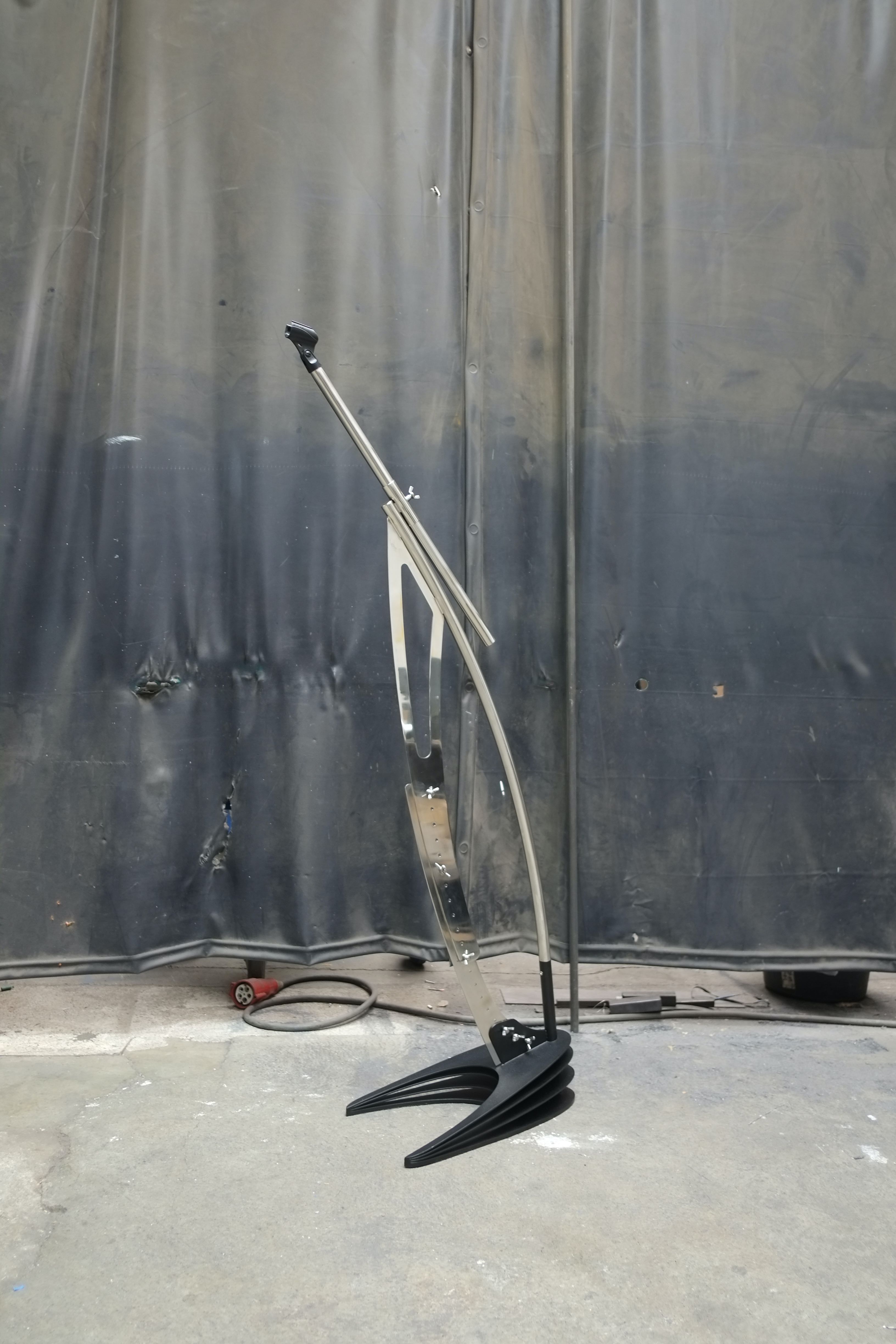
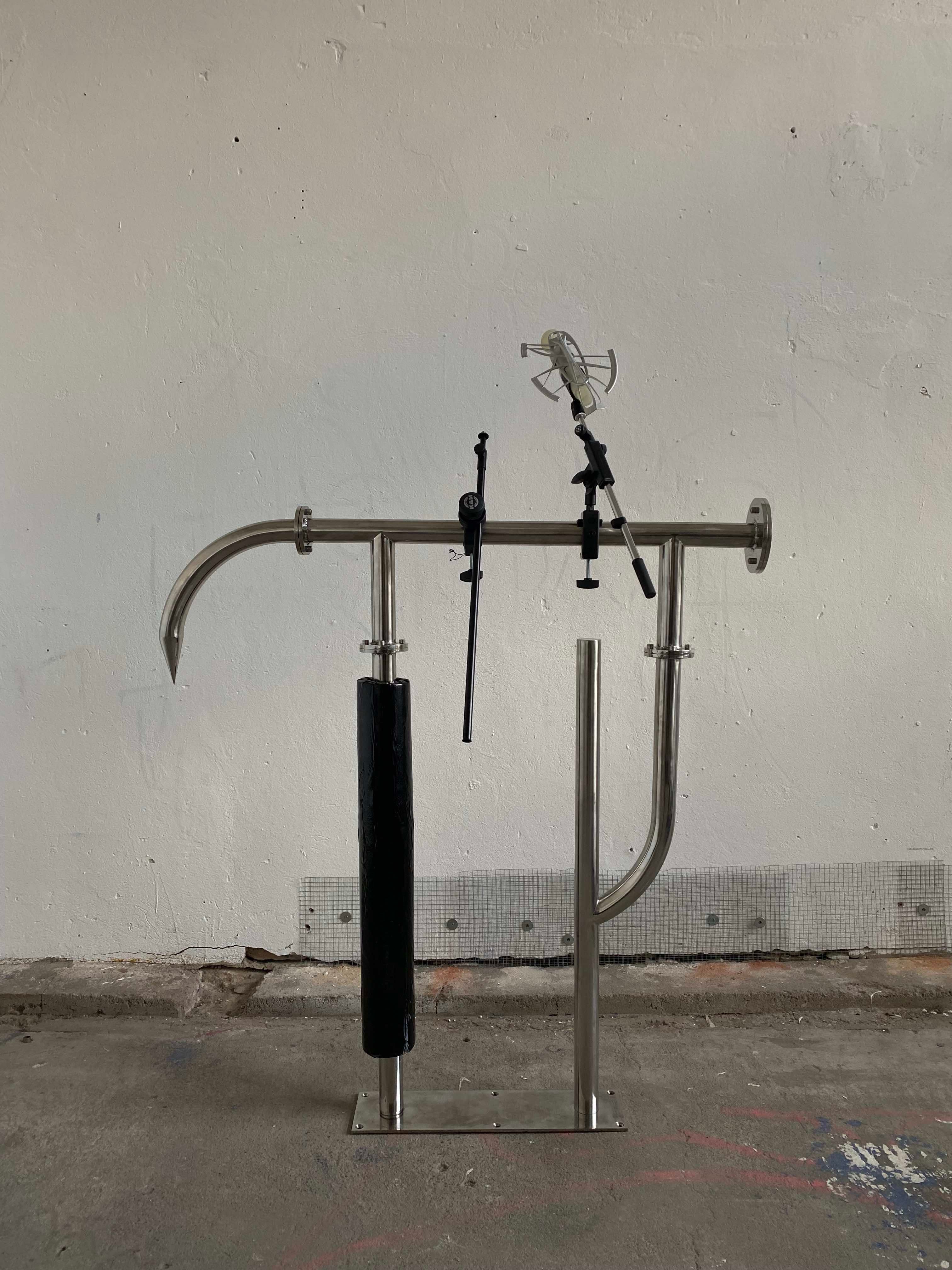
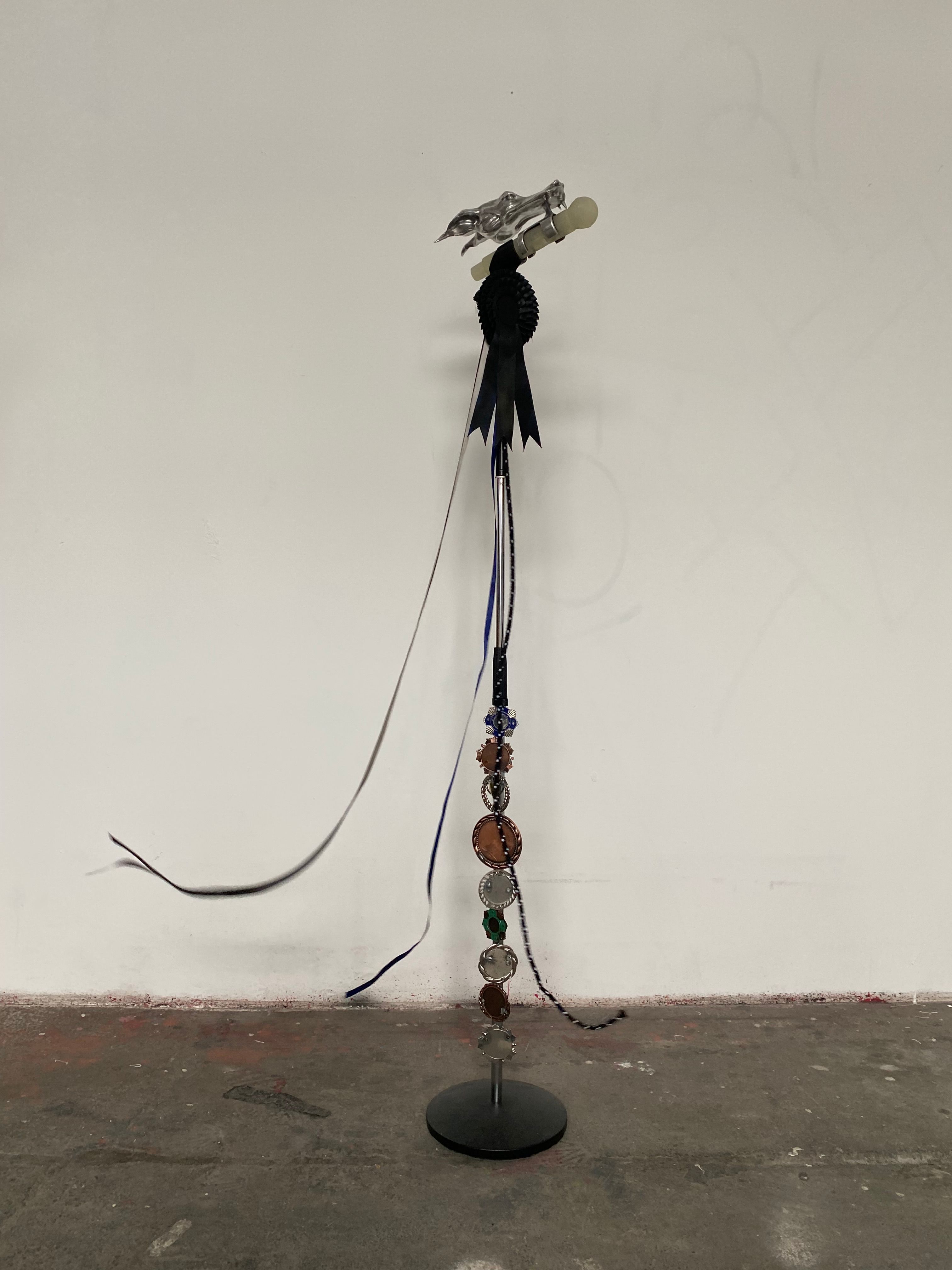
CKE: What does the research process for each project look like, and how do you see emerging technologies such as AI affecting your practice?
AB: I think we are witnessing a growing number of online artists and pages using AI to generate endless variations of architecture and spatial designs. These images are often artworks in their own right, presenting a juxtaposition of pure shapes and symbols. However, I see a big issue arising: these images often lack depth, devoid of the construction processes, materials, and—most importantly—critical design analysis.
FS: While we utilize AI in our studio for generating iterations that inform our research and creative process, we firmly establish our own guidelines and conceptual framework, ensuring that our work maintains a distinct aesthetic and functionality.
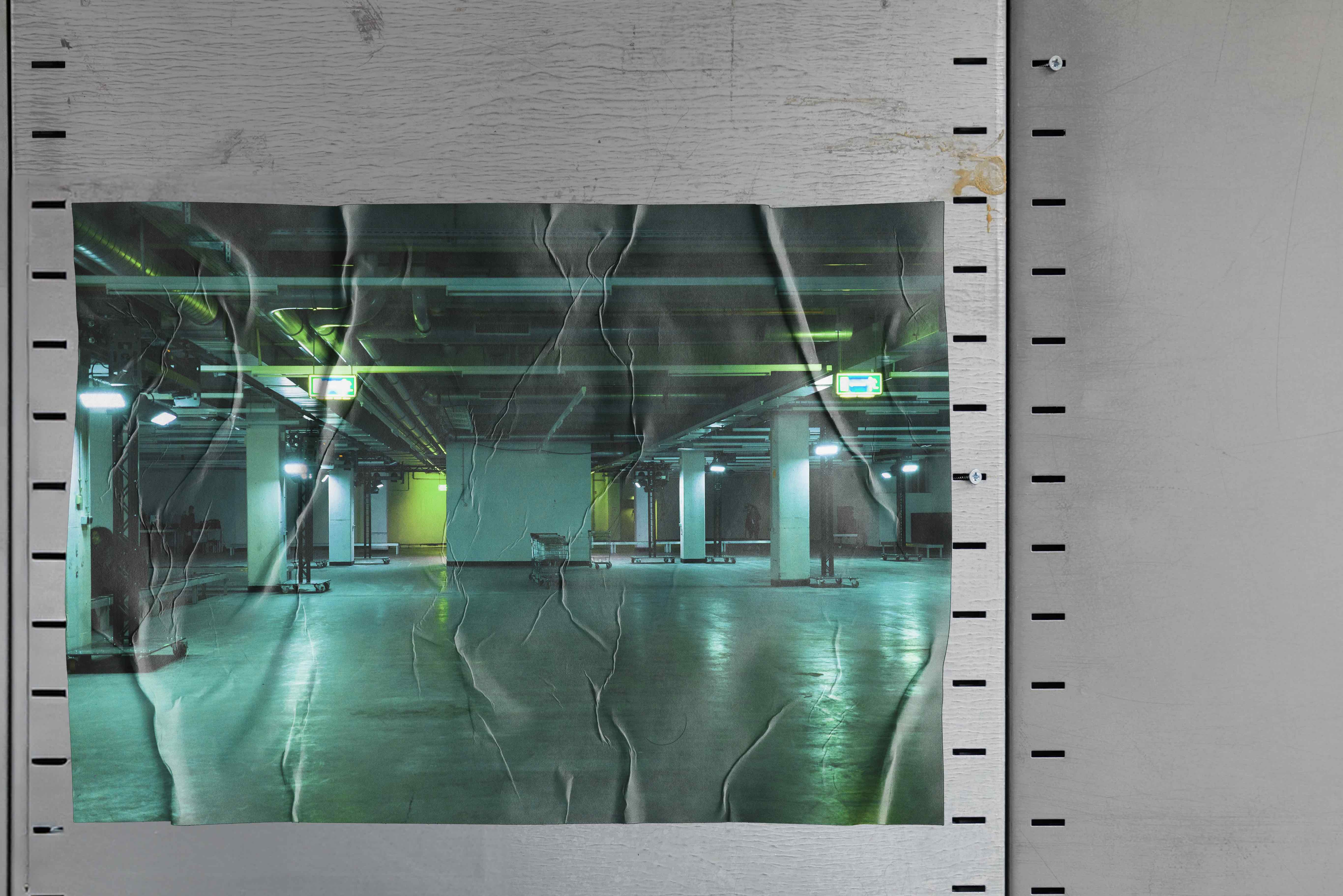
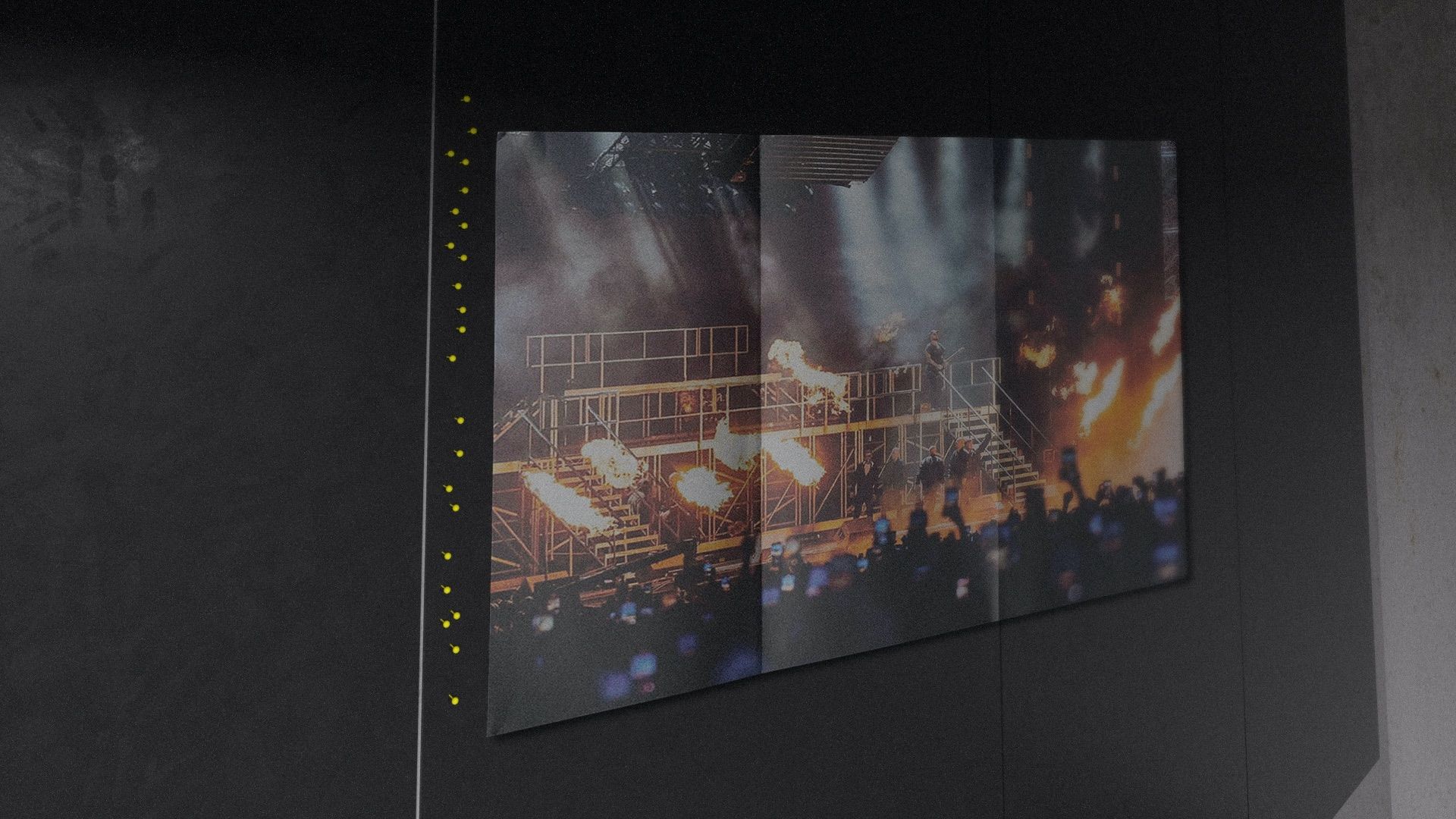
CKE: You designed a custom-made microphone for Playboi Carti and told me that you got many requests for microphone designs afterwards—many of them you rejected. How do you filter those kinds of requests as a young collective?
HS: The microphone thing kind of blew up after we designed the first one for Yves Tumor’s Coachella performance. We’ve been lucky to work for musicians that generally have a strong command over their visual identity, which also tends to align with our creative interests.
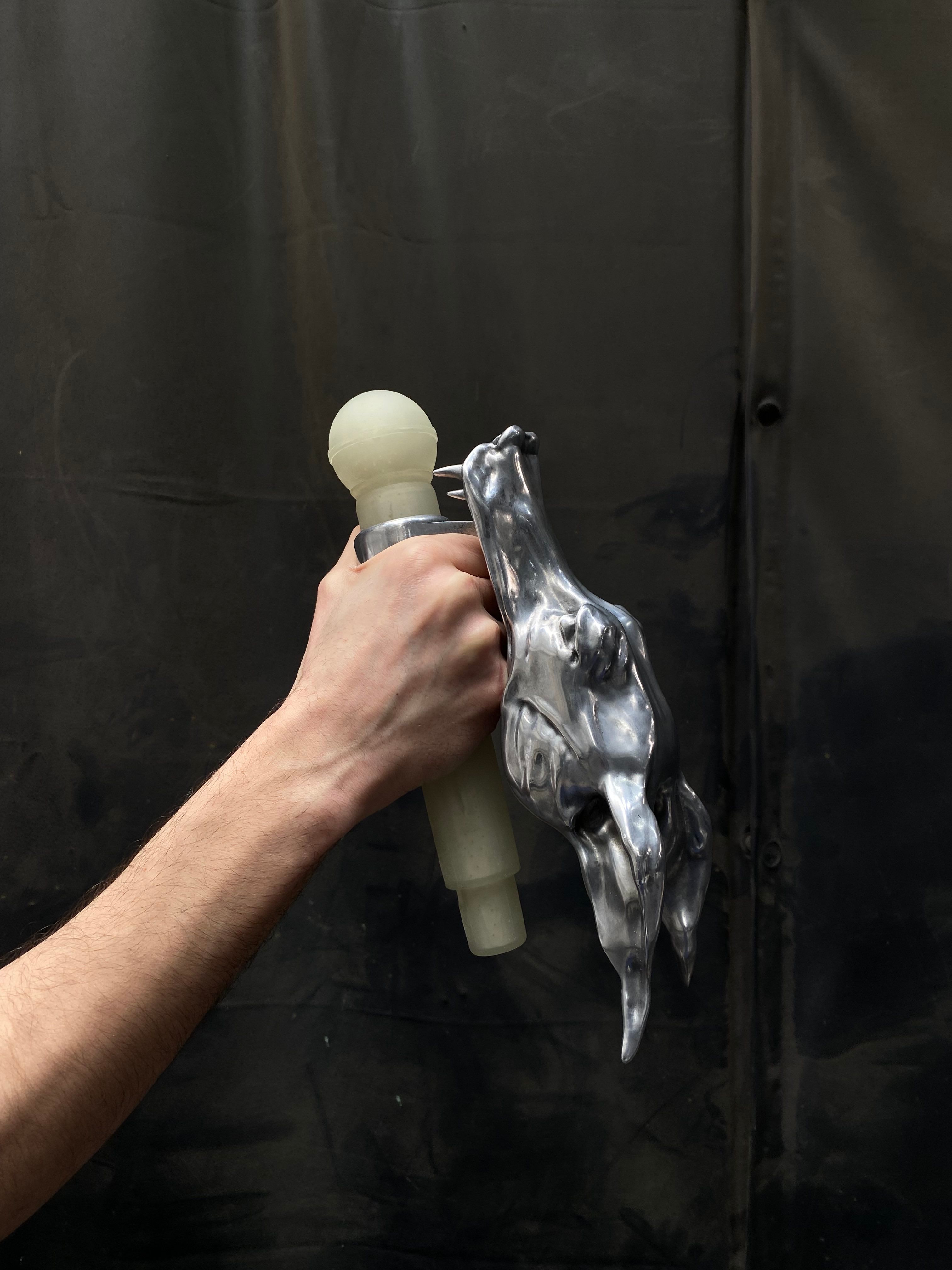
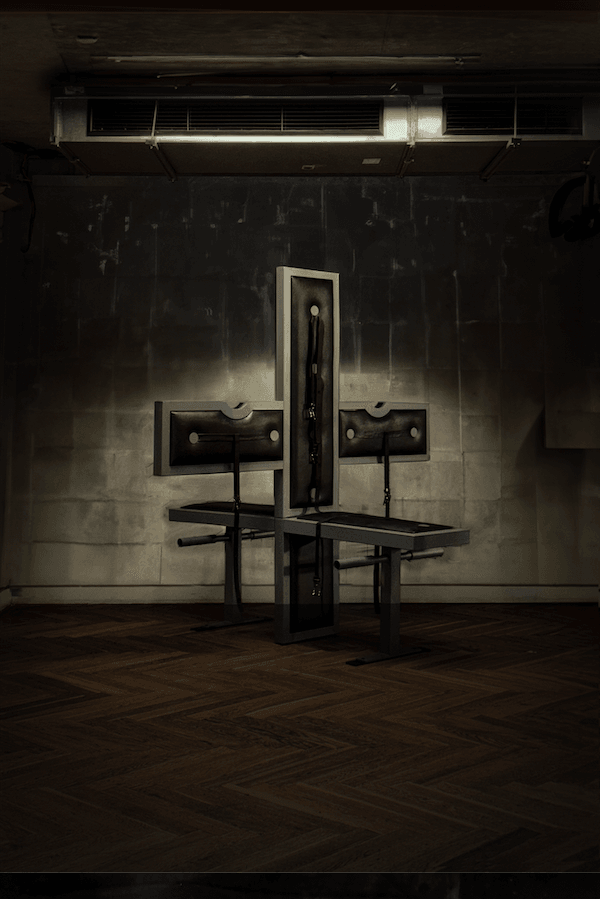
CKE: You just moved into a physical studio in Berlin. What are your plans in terms of building a business, considering that many young brands are struggling with financial strategies to further grow the business’ creative side.
AB: Are you saying it’s going to end? [laughs] Kidding. But seriously, I think we’re pretty conditioned to this way of working. We’re also working hard to generate a few revenue streams. I feel good about where we’re at.
HS: We also want to make our work more accessible to our friends and a wider audience. That’s why we’re releasing our first capsule collection of TOR Products this summer—so, watch out for that.
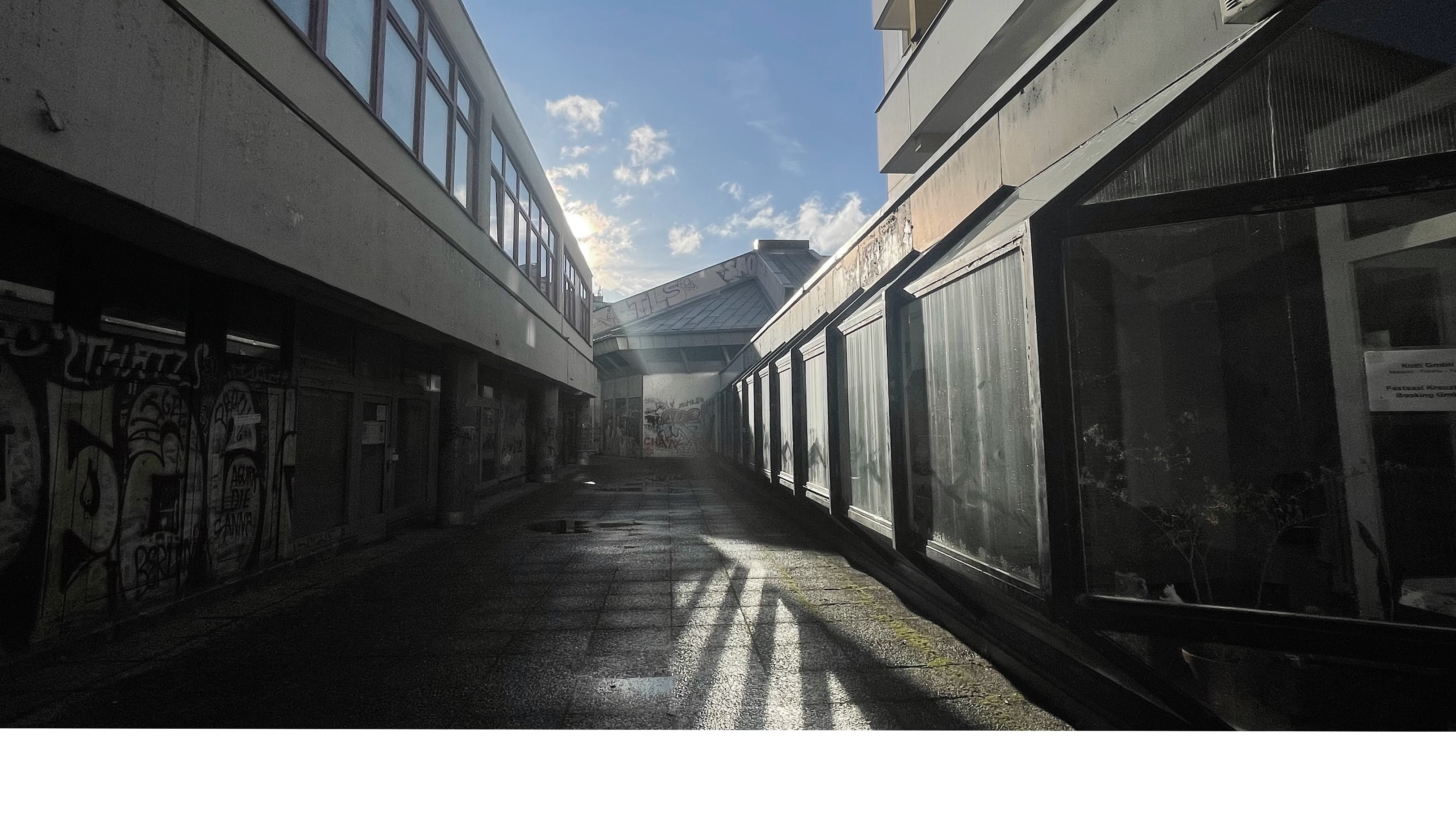
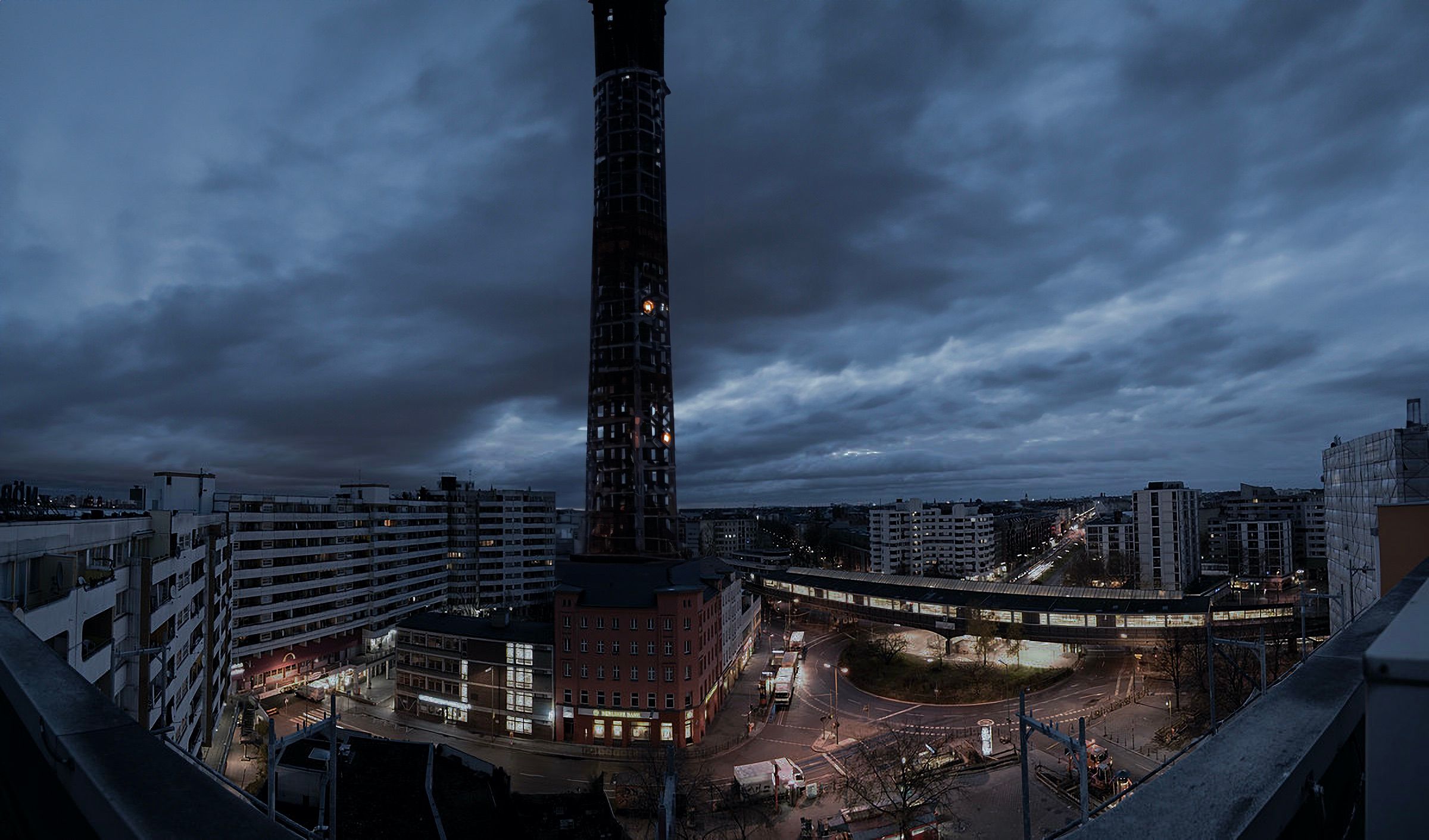
Credits
- Text: CLAIRE KORON ELAT
Related Content
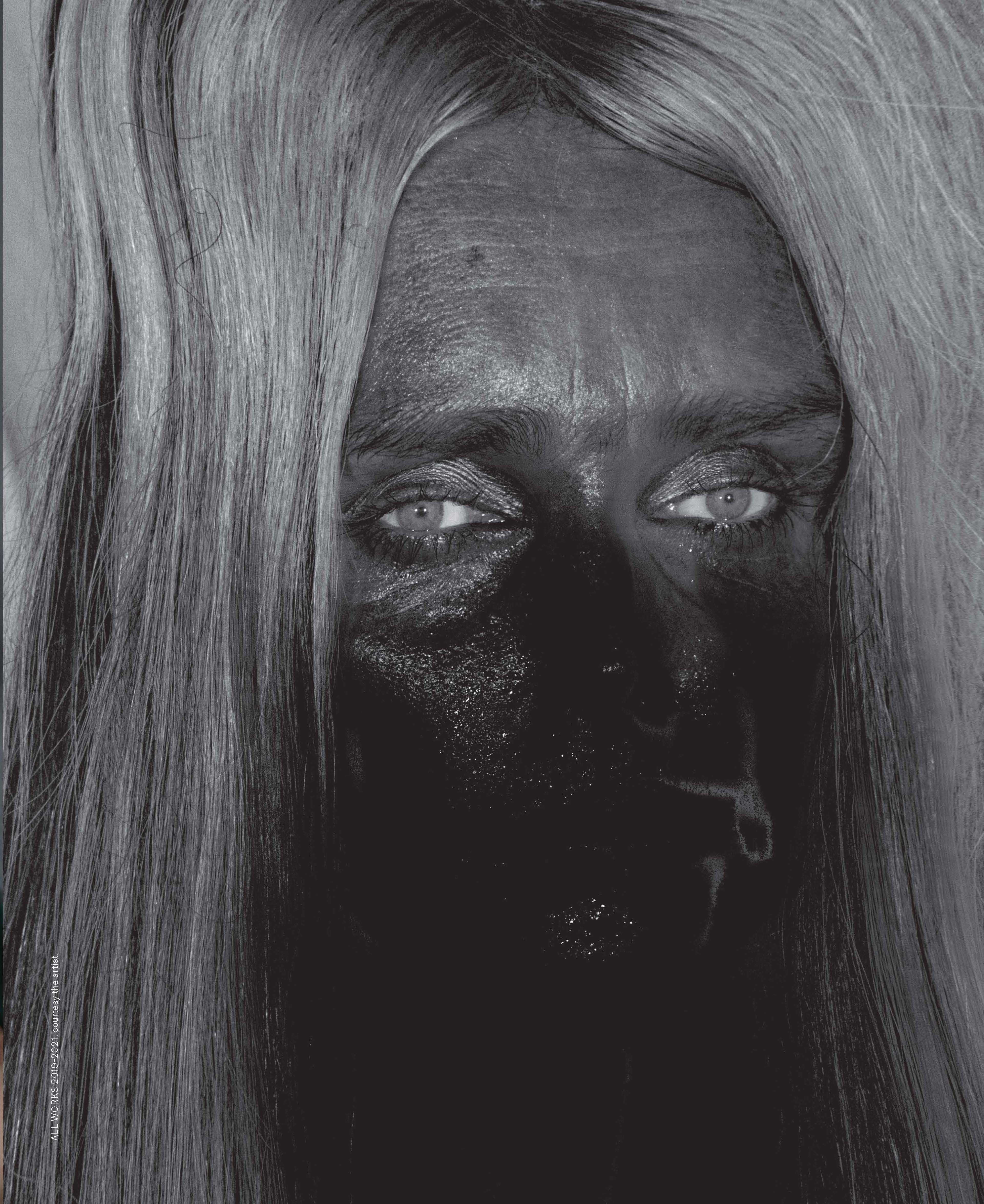
GRUPPE Wants to Haunt and Heal You
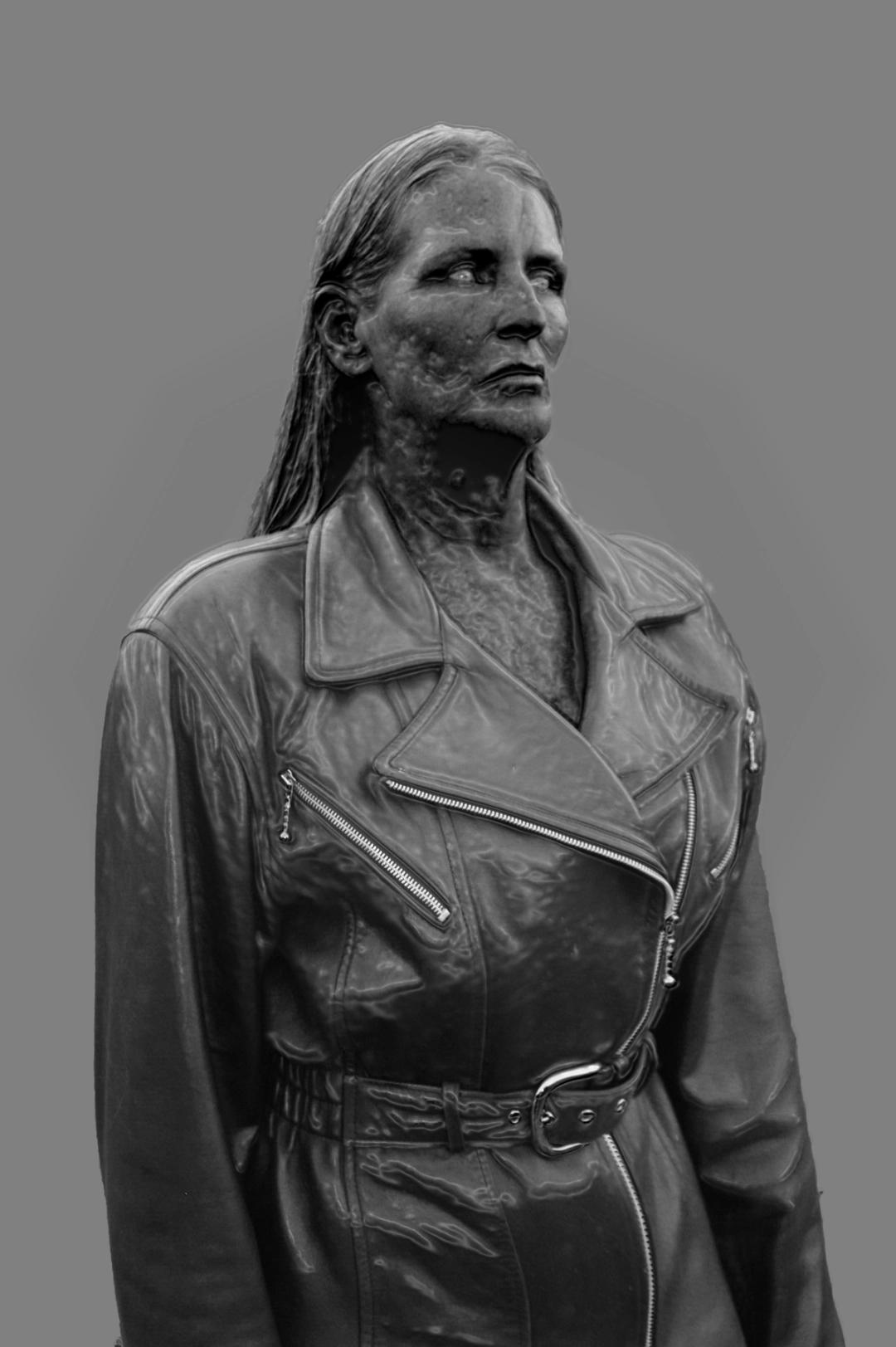
KRISTINA NAGEL’s Landscapes of Depersonalizations
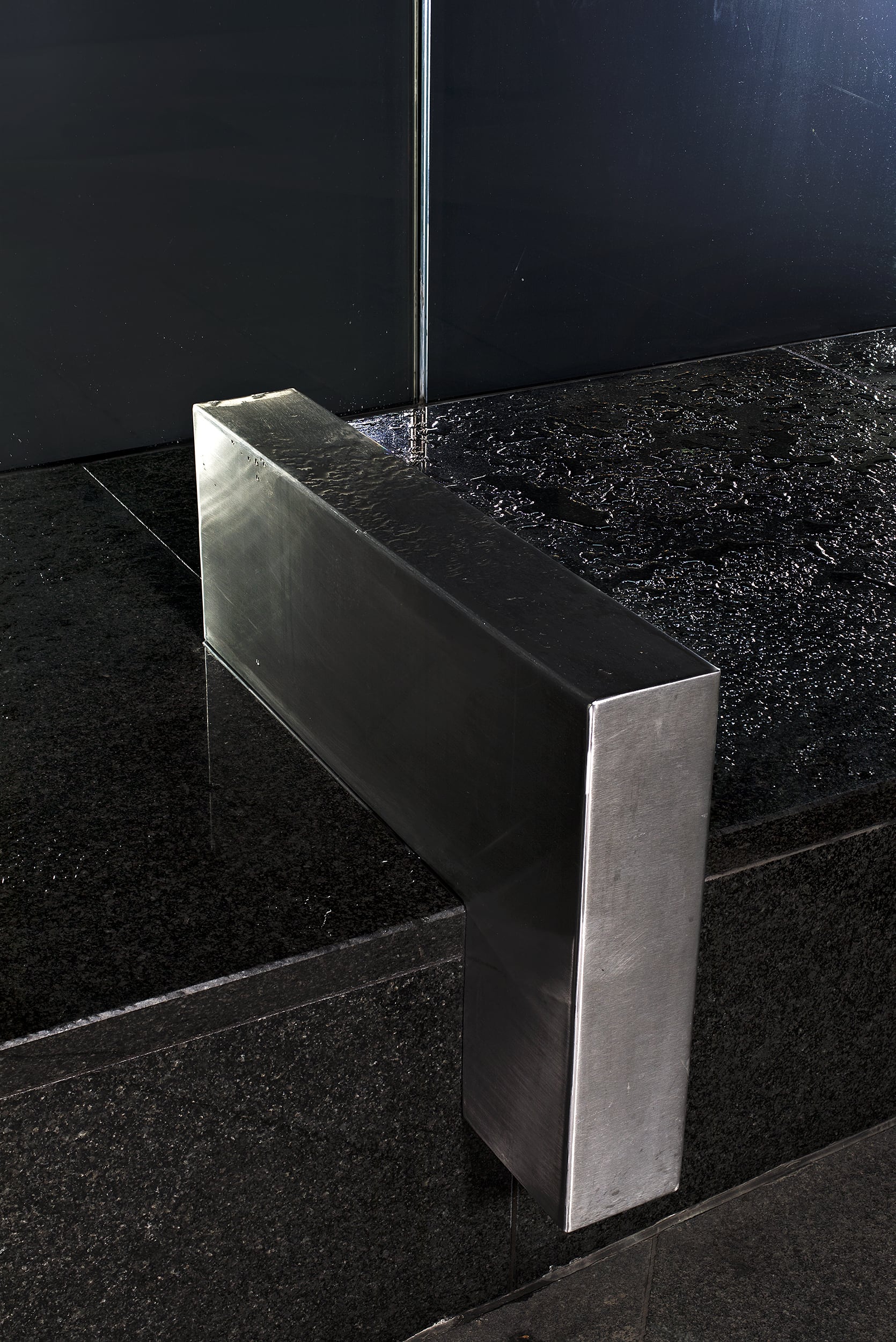
Exclusionary Design: You Can’t Sit Down in Modern Cities
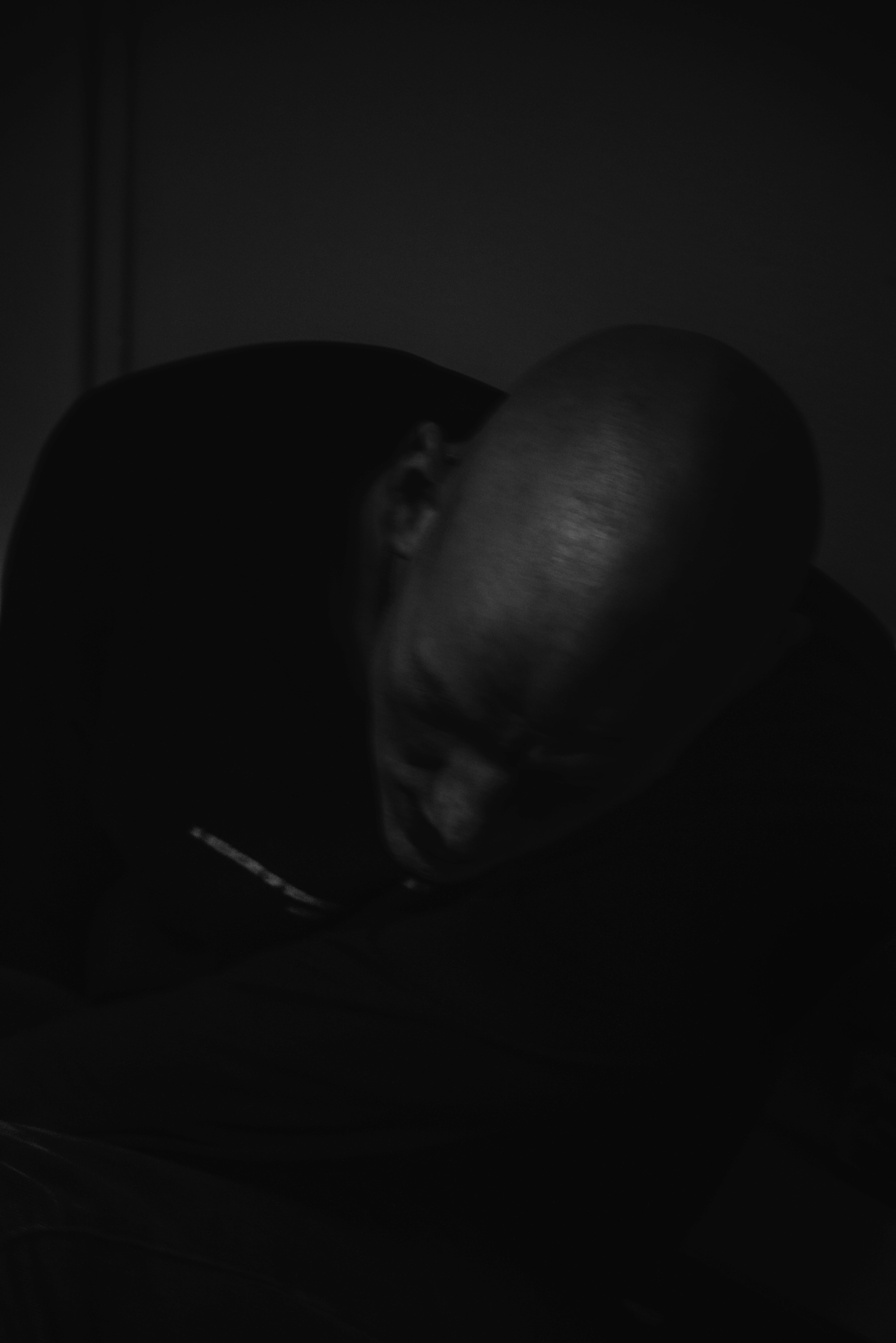
Blackhaine: Harsh Realities
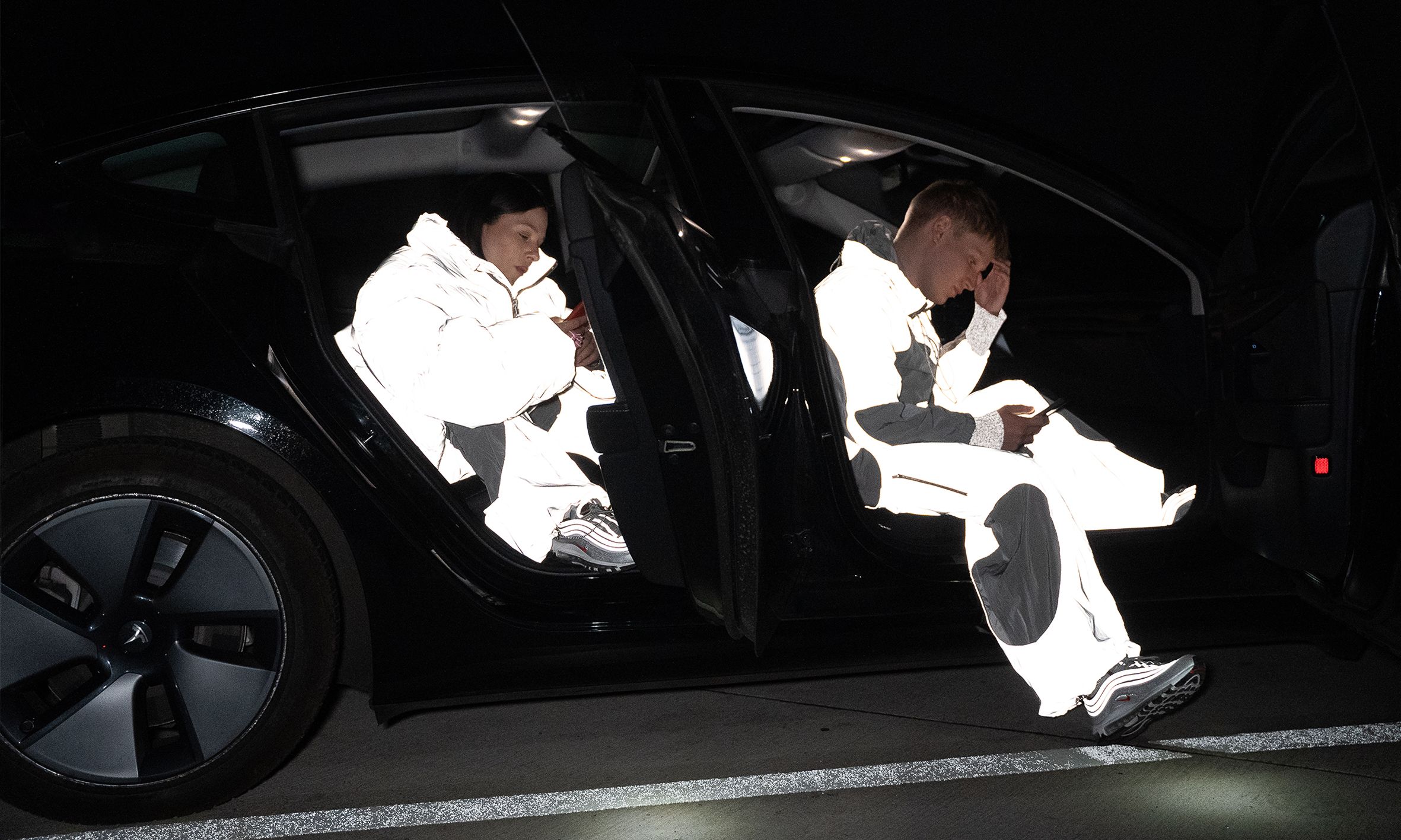
Brutalismus 3000: “The Secret Ingredient is Controversy”
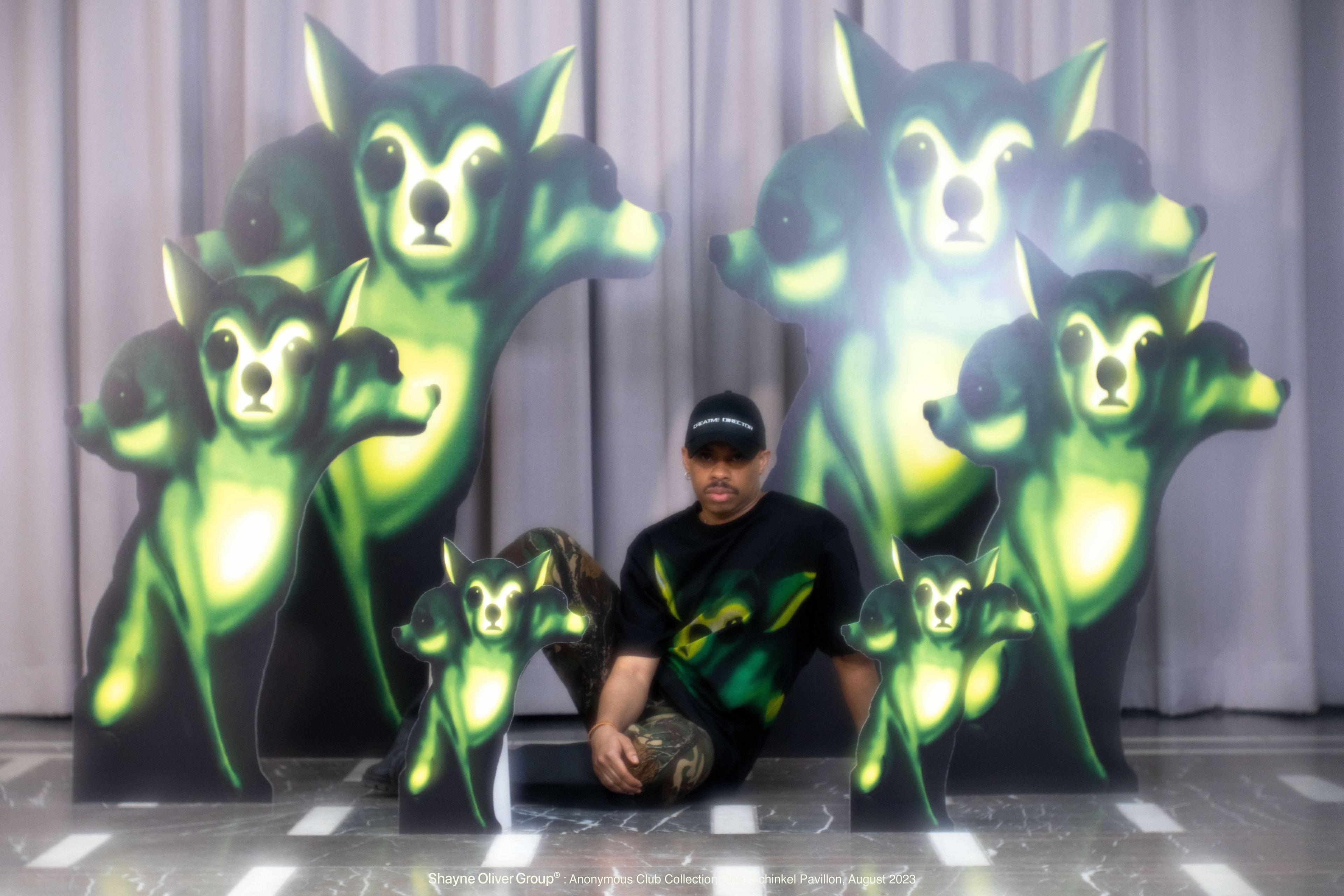
Brenda’s Business with SHAYNE OLIVER
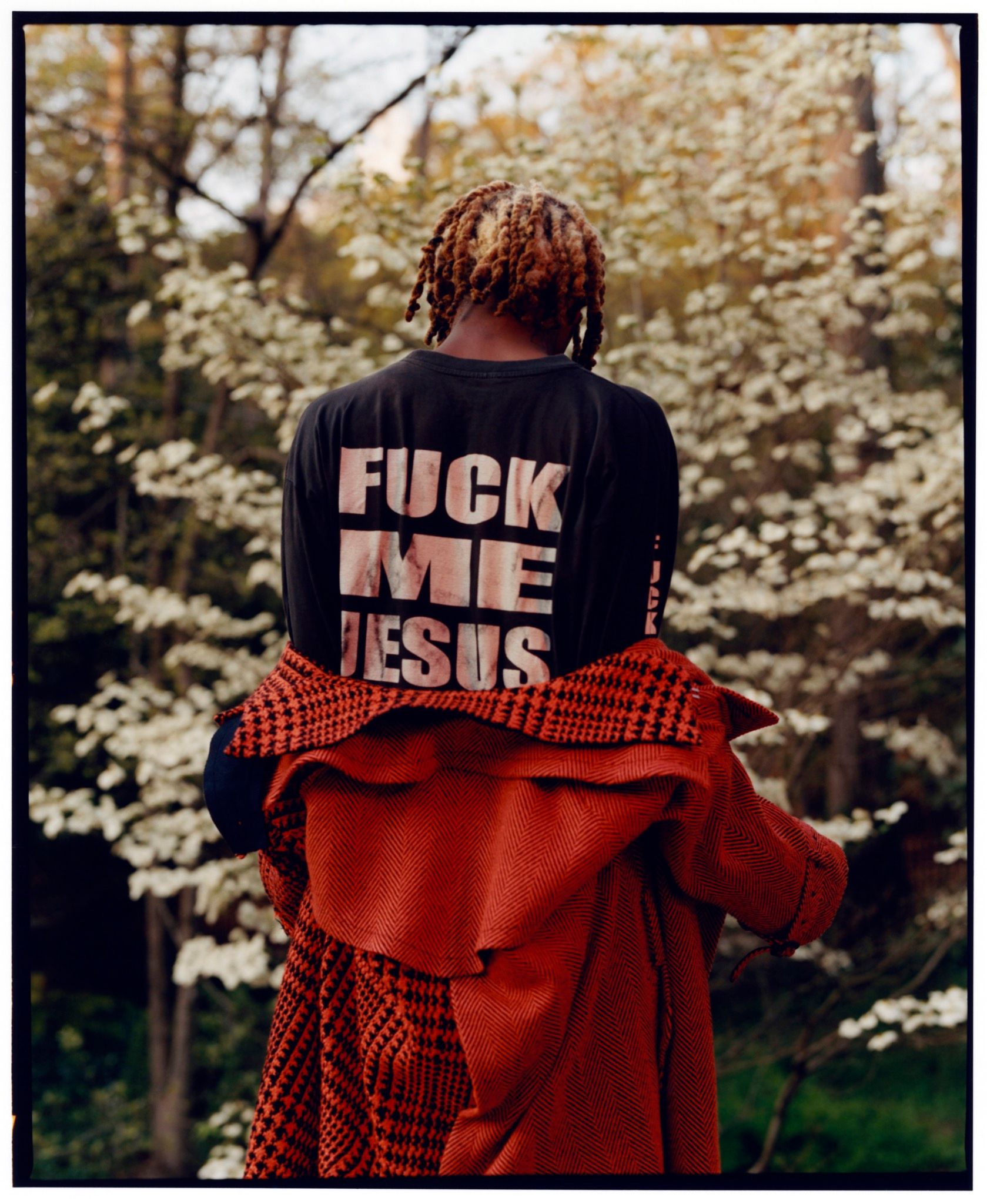
THE PLAYBOI MANSION: A House That Makes Rap Music
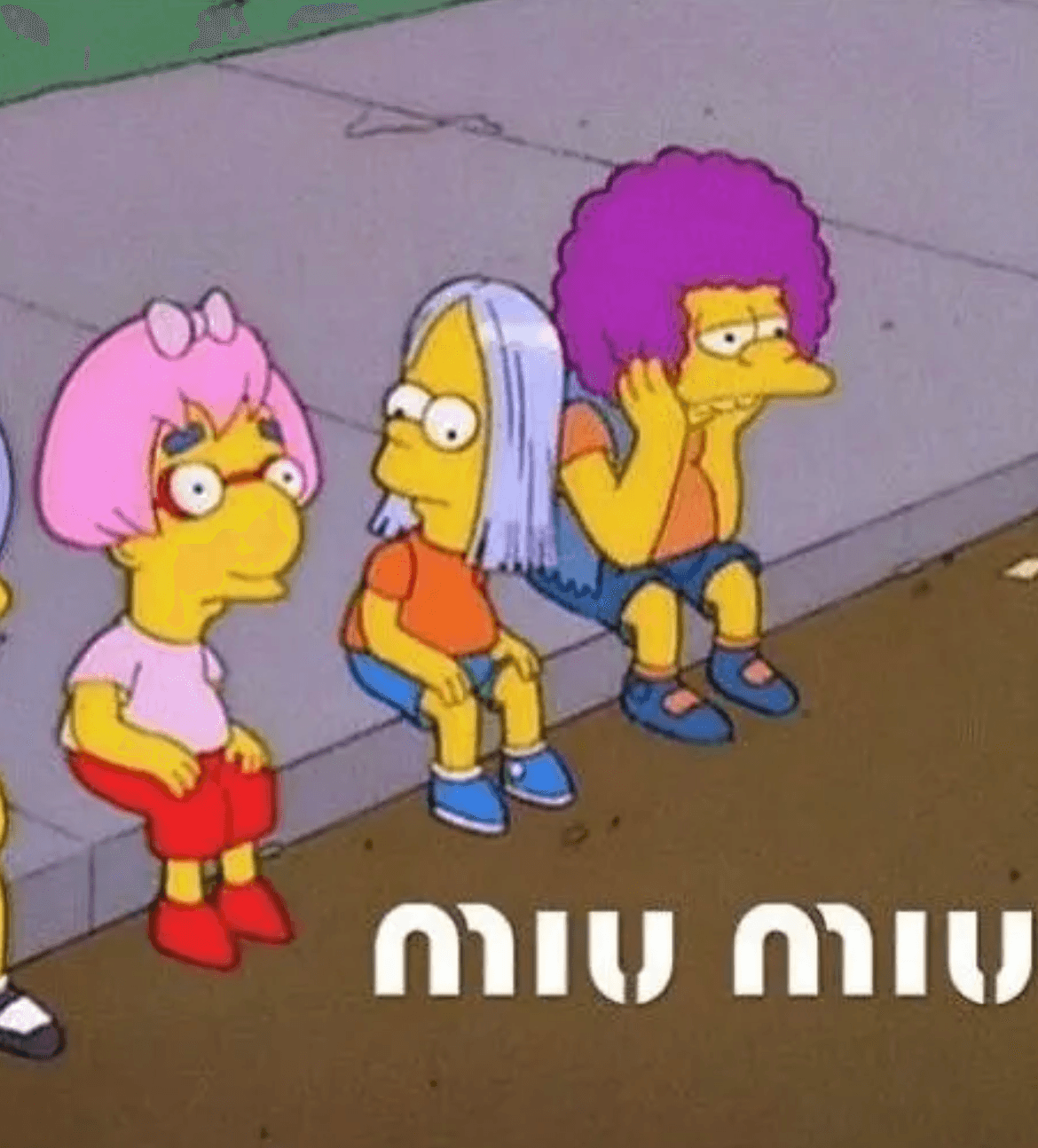
The Miu Miu Moment: Not a Girl. Not Yet a Woman